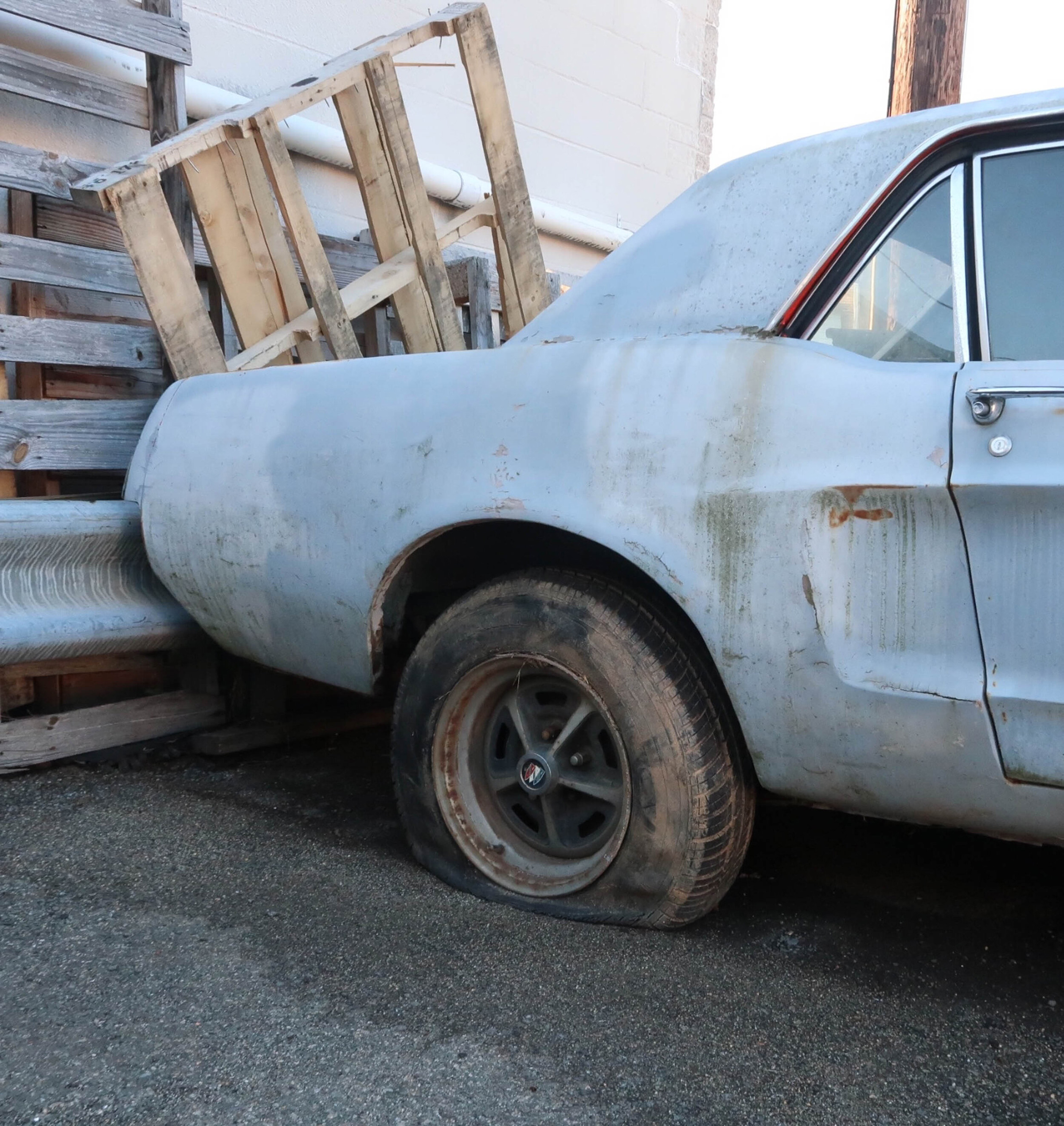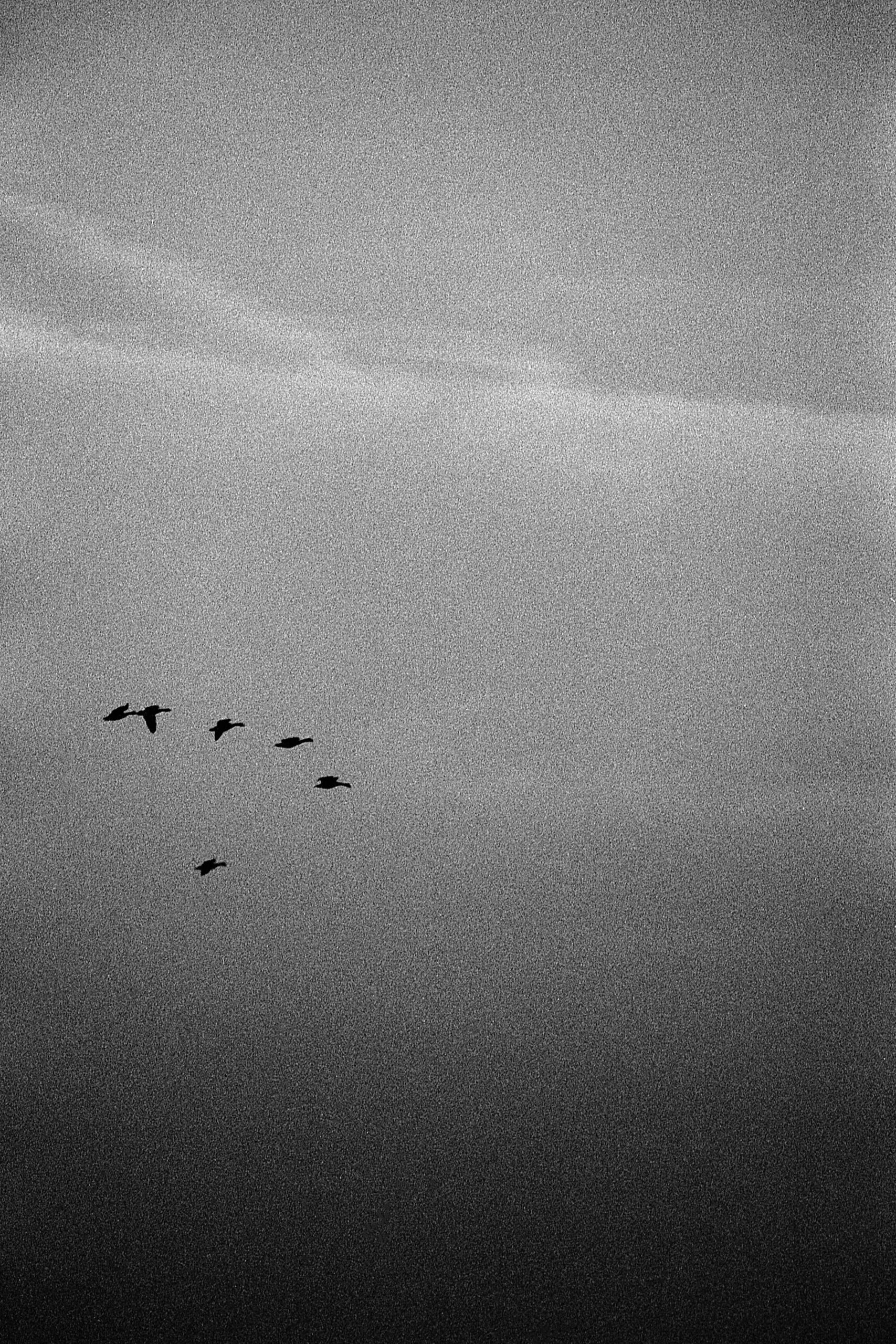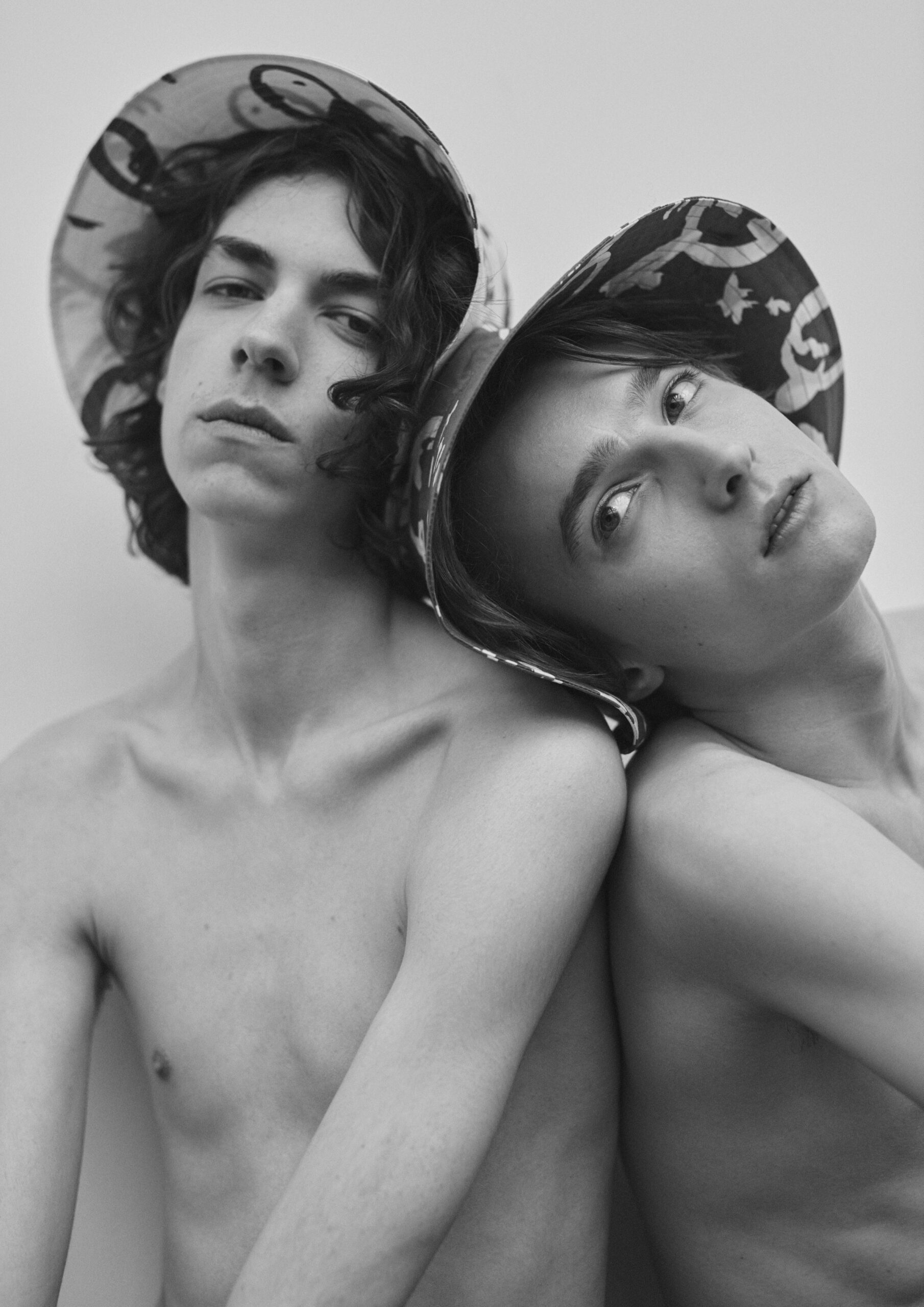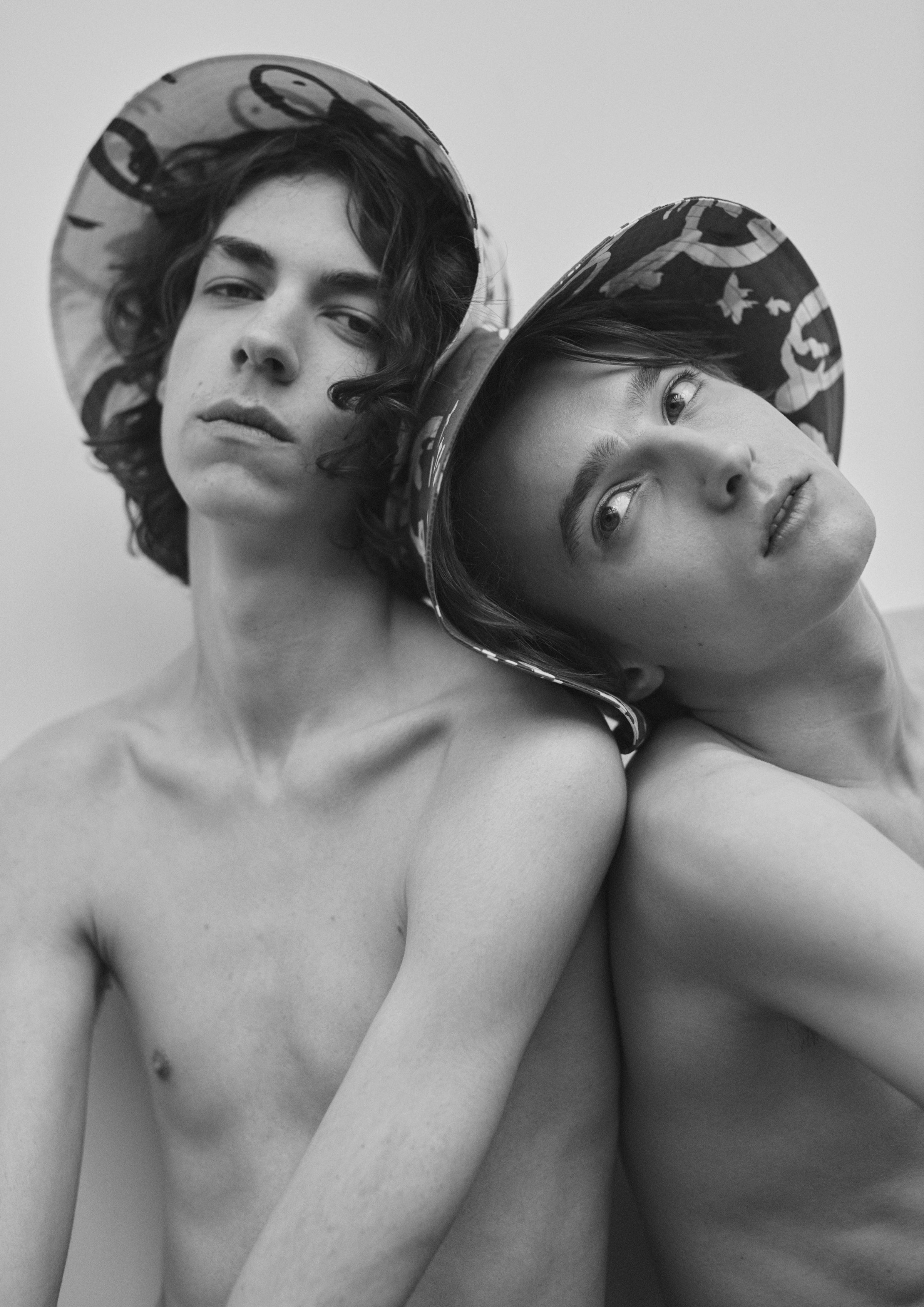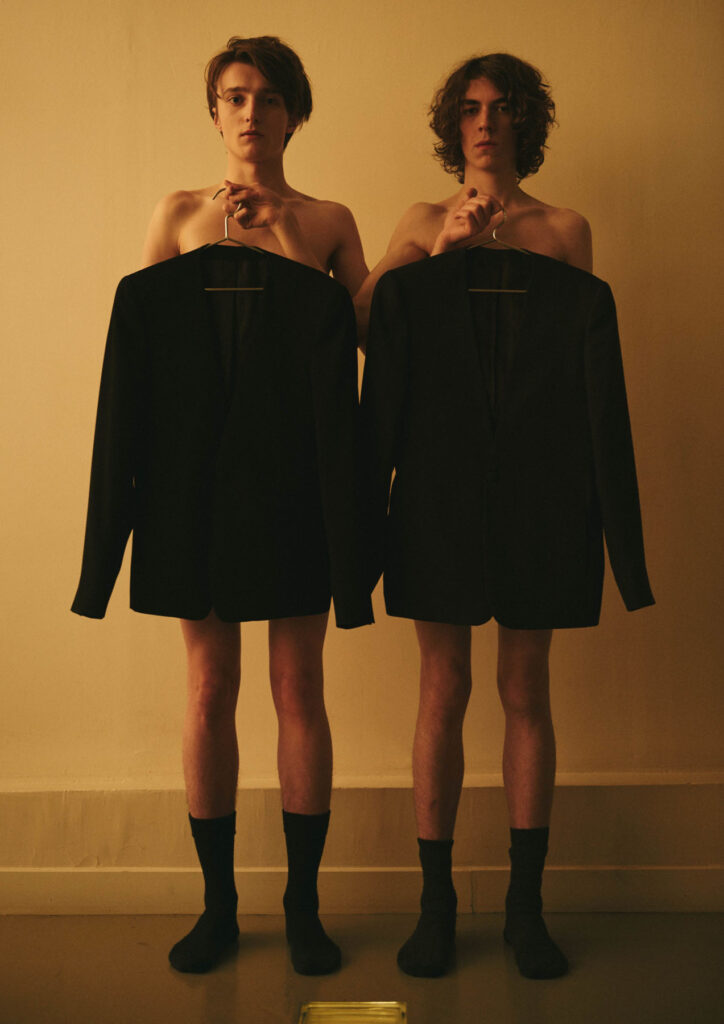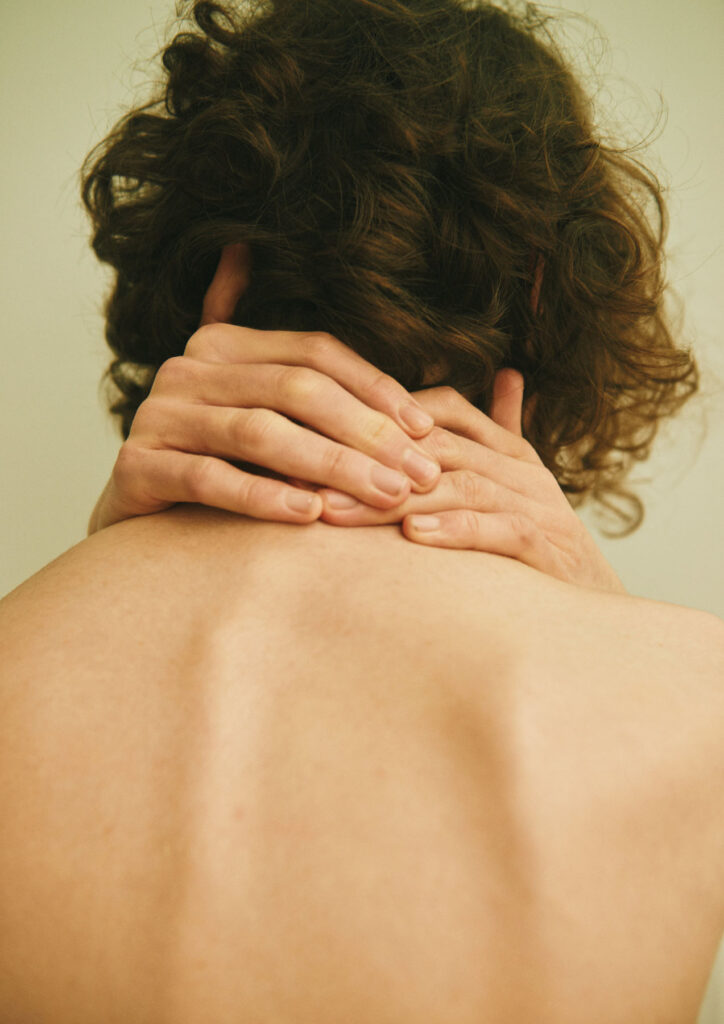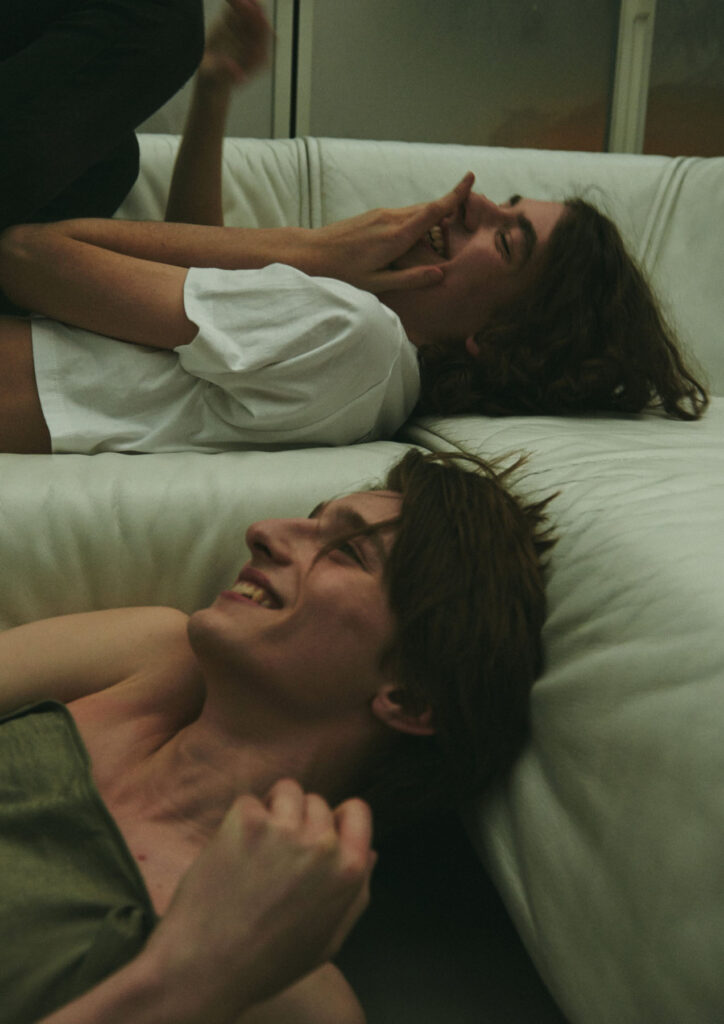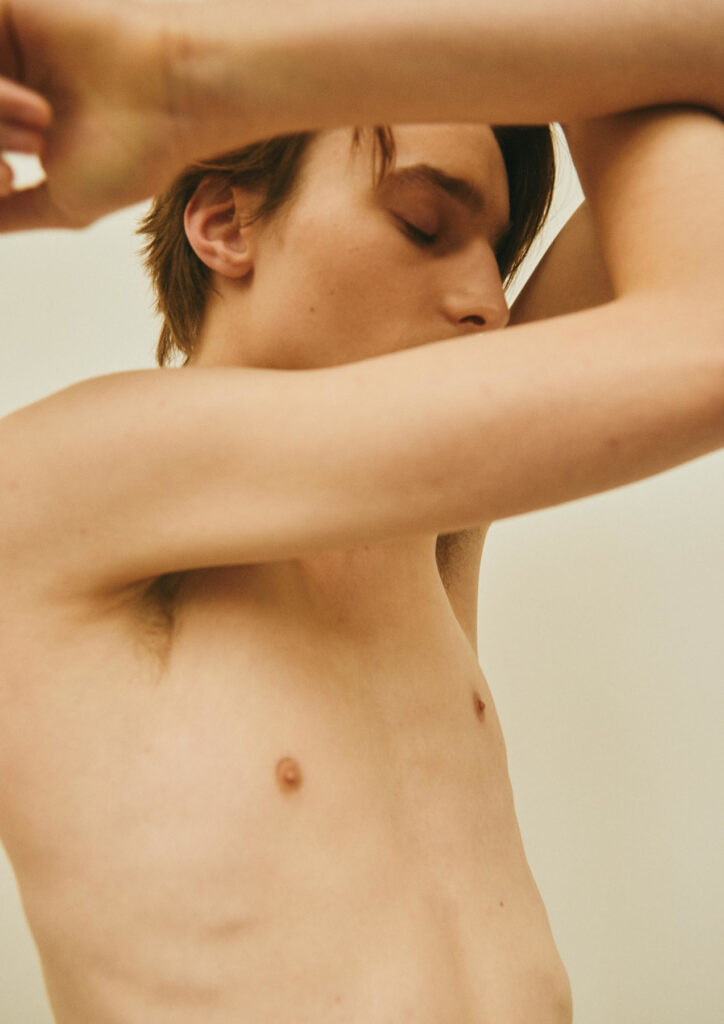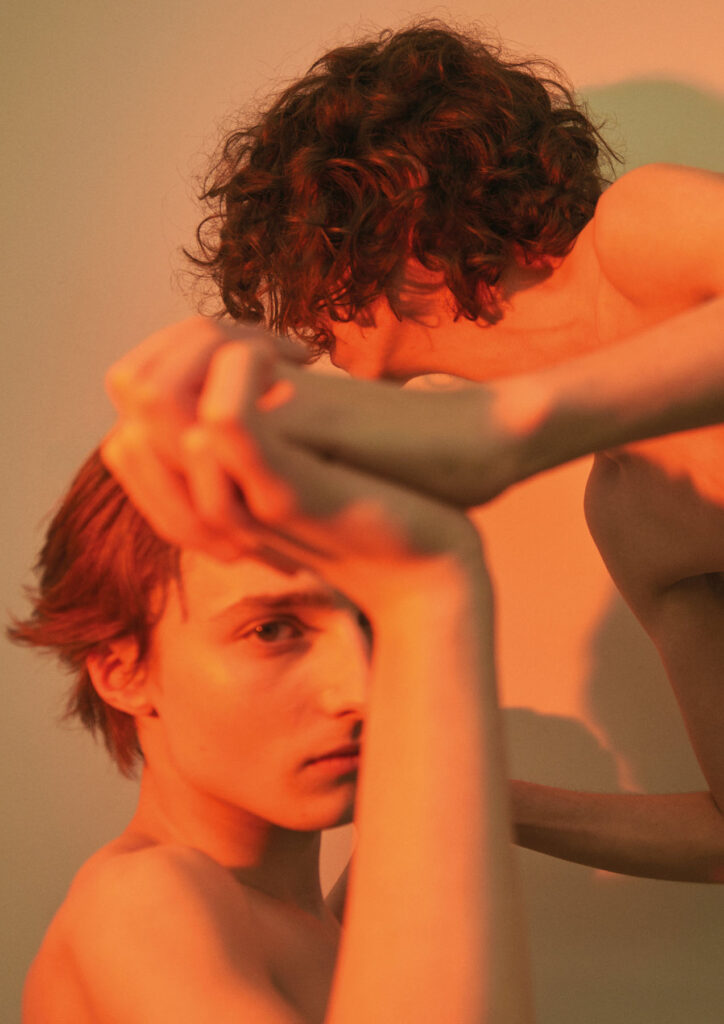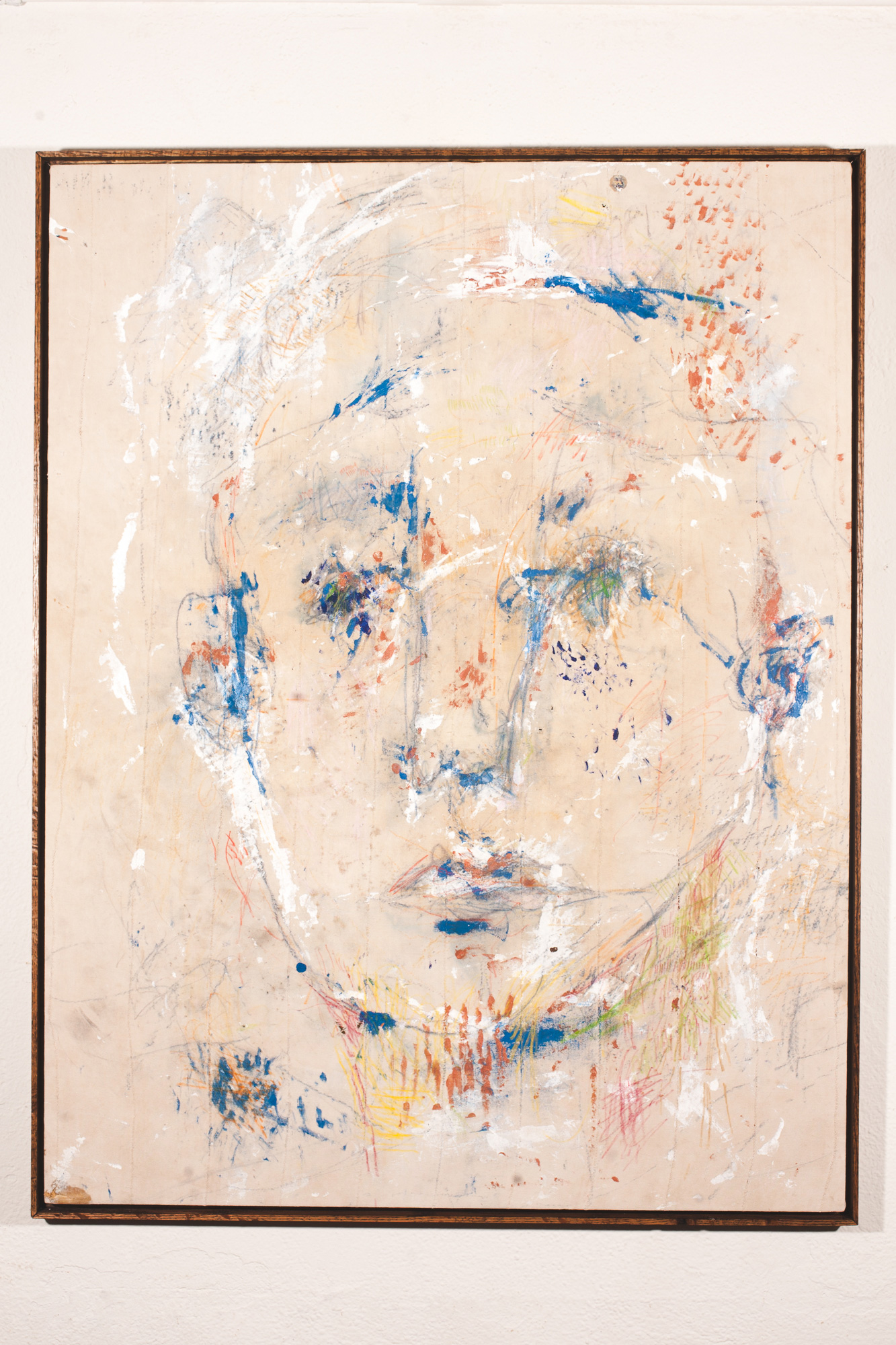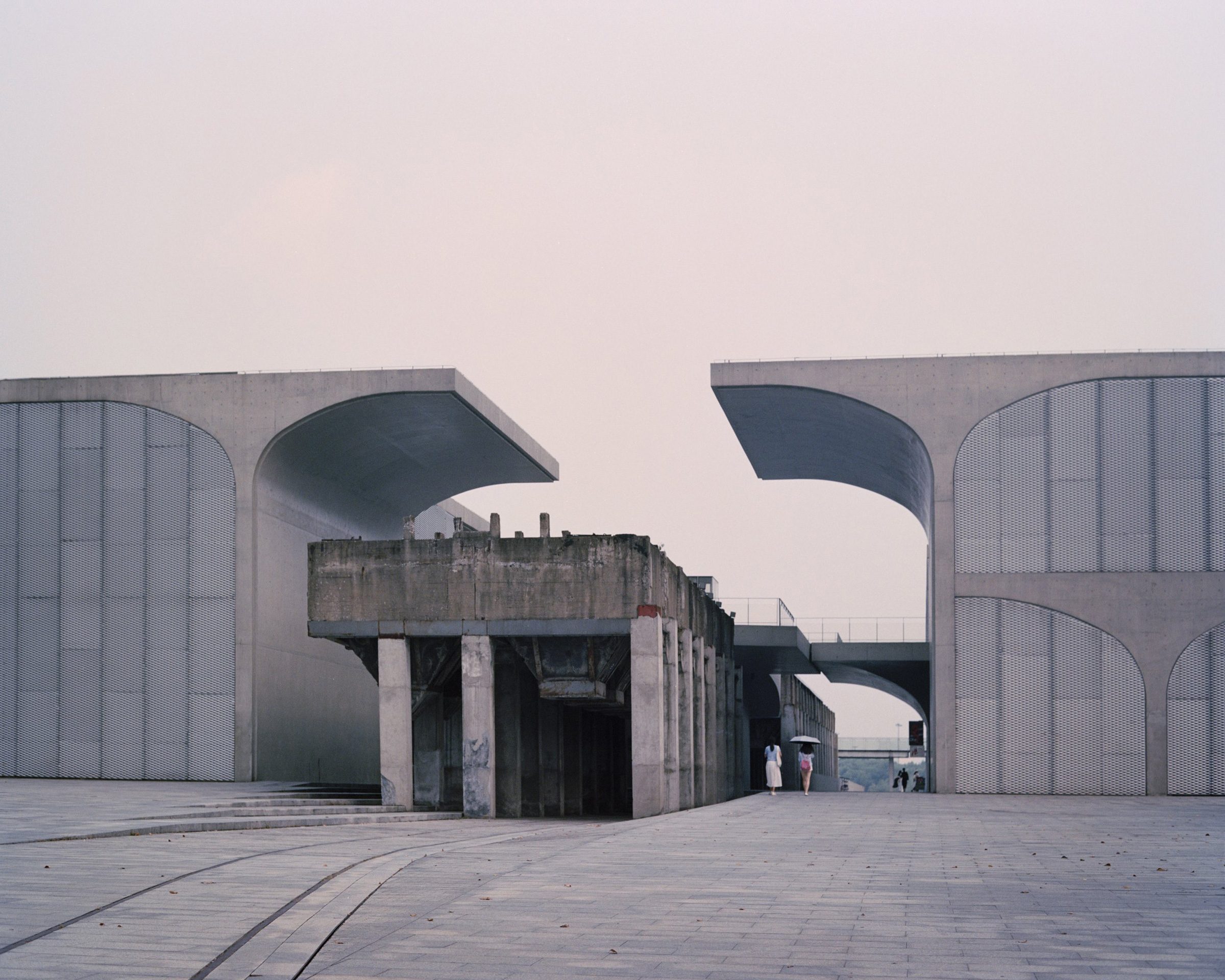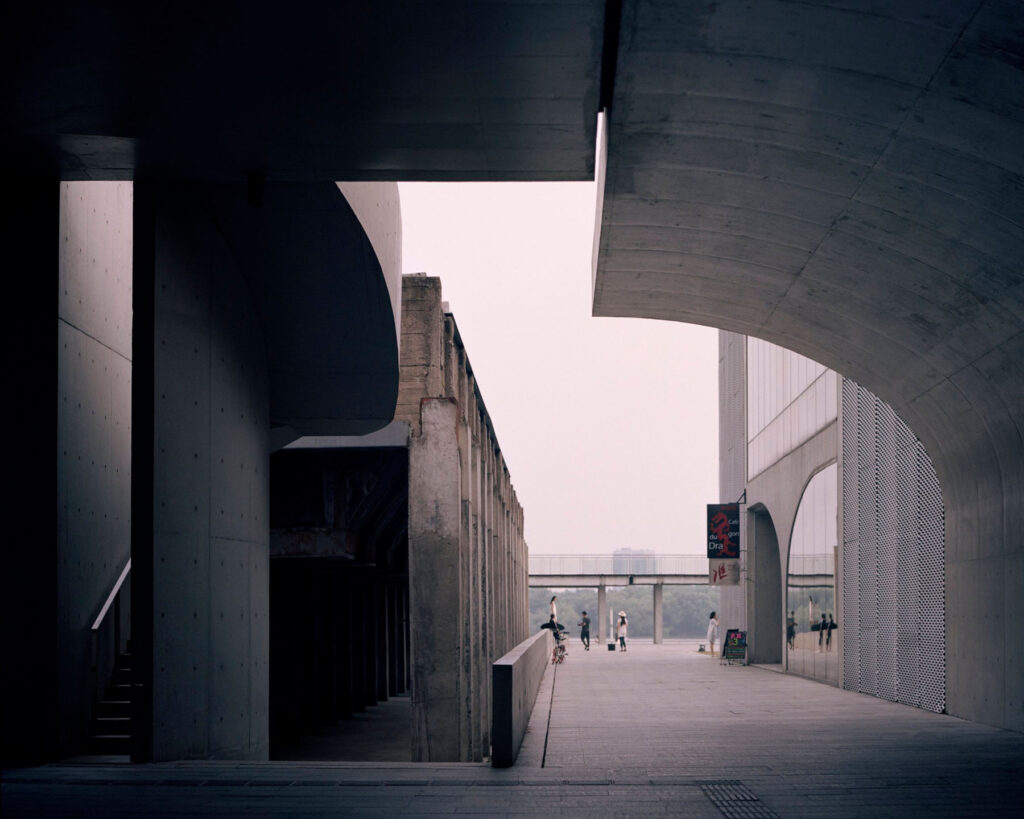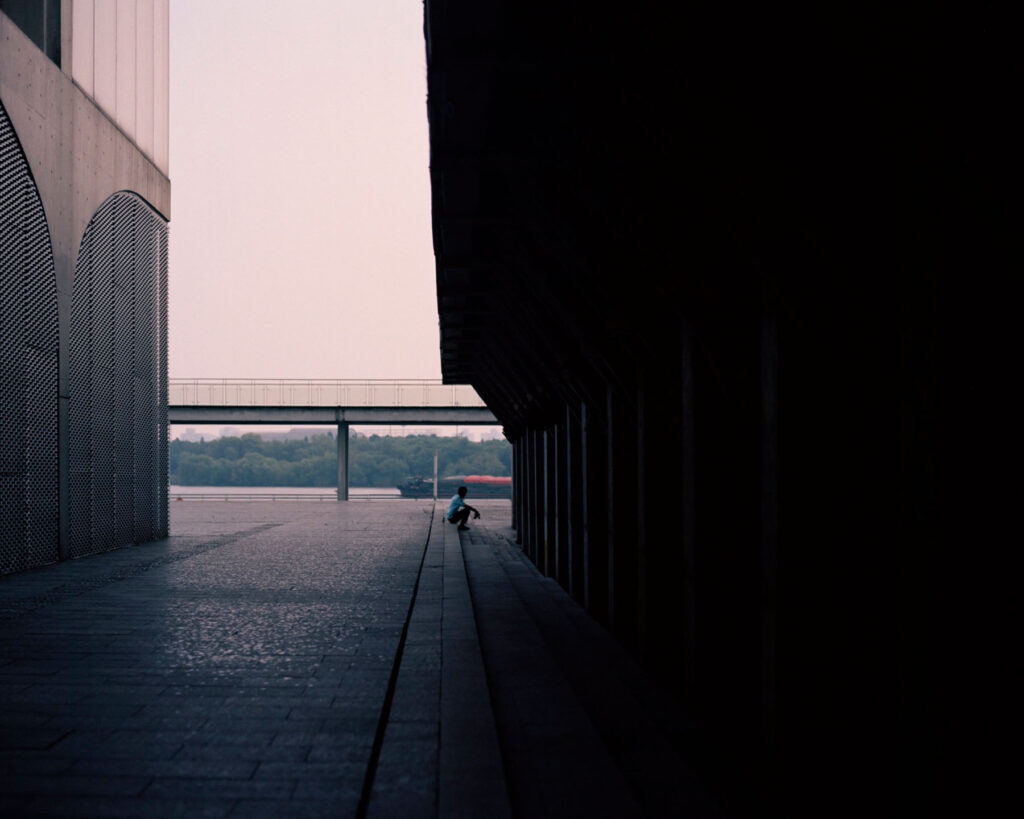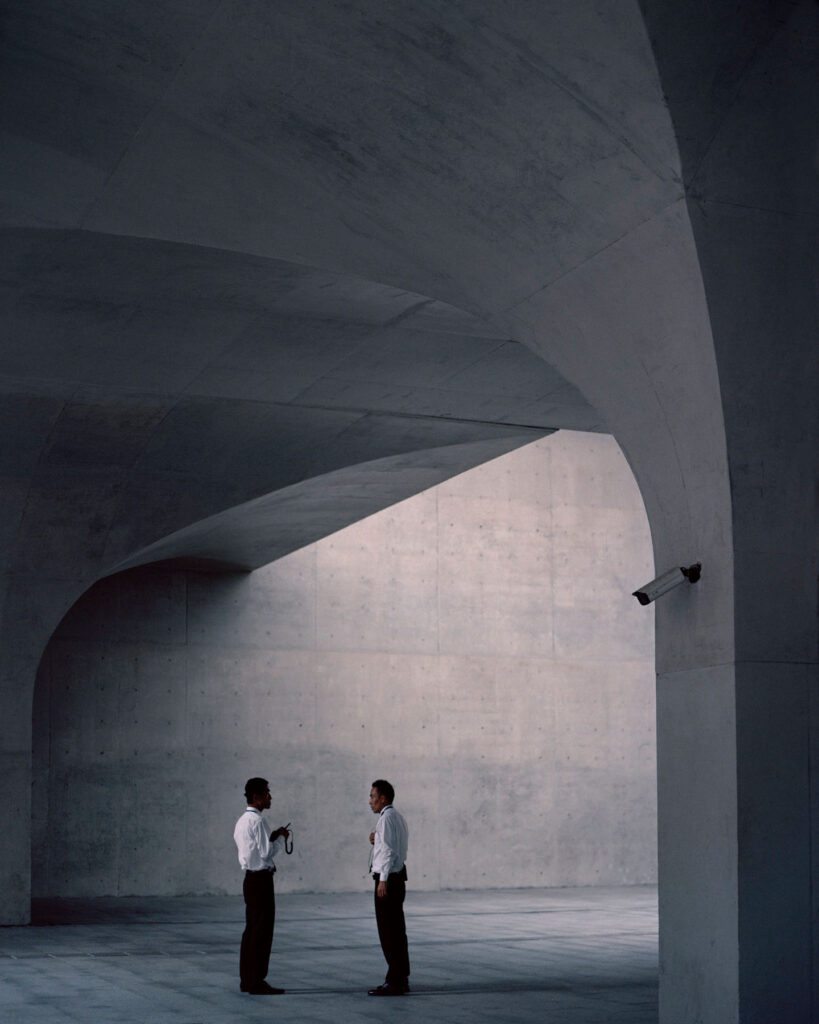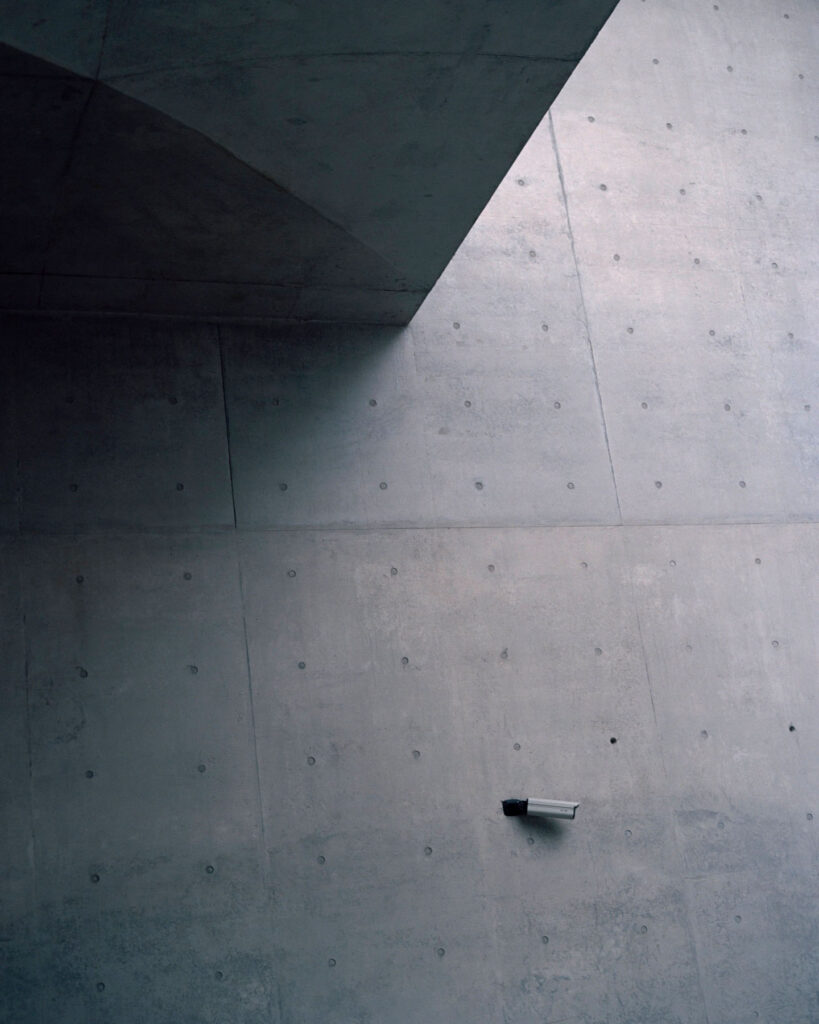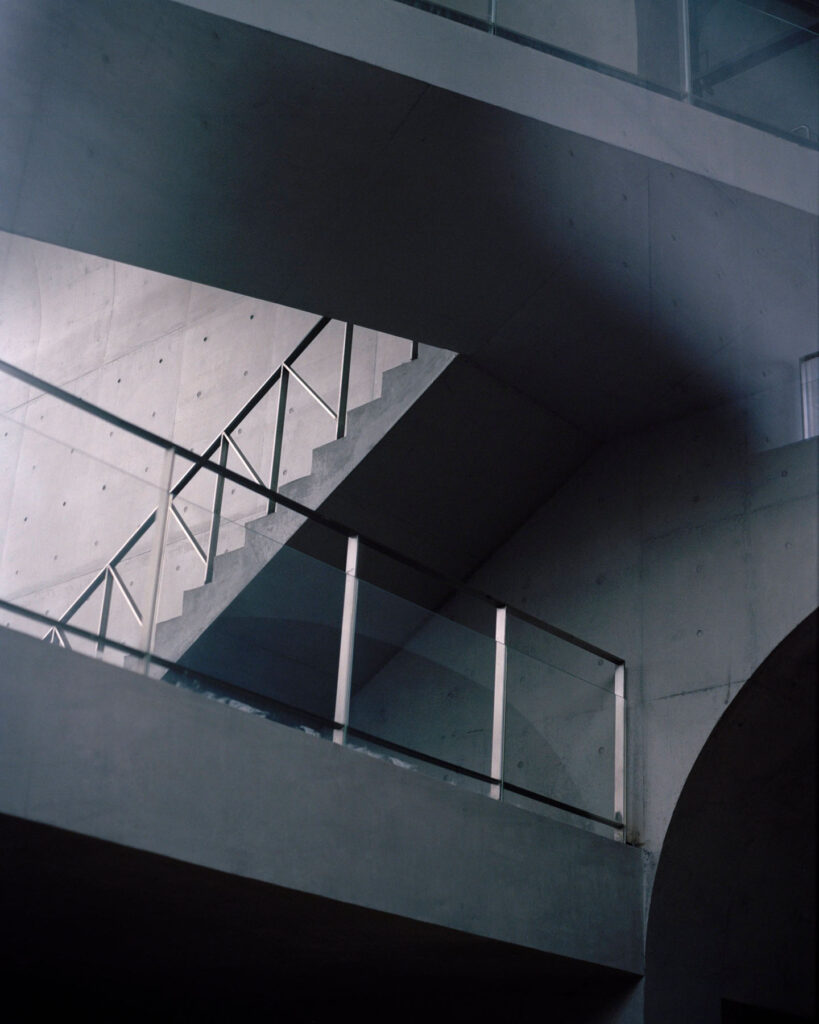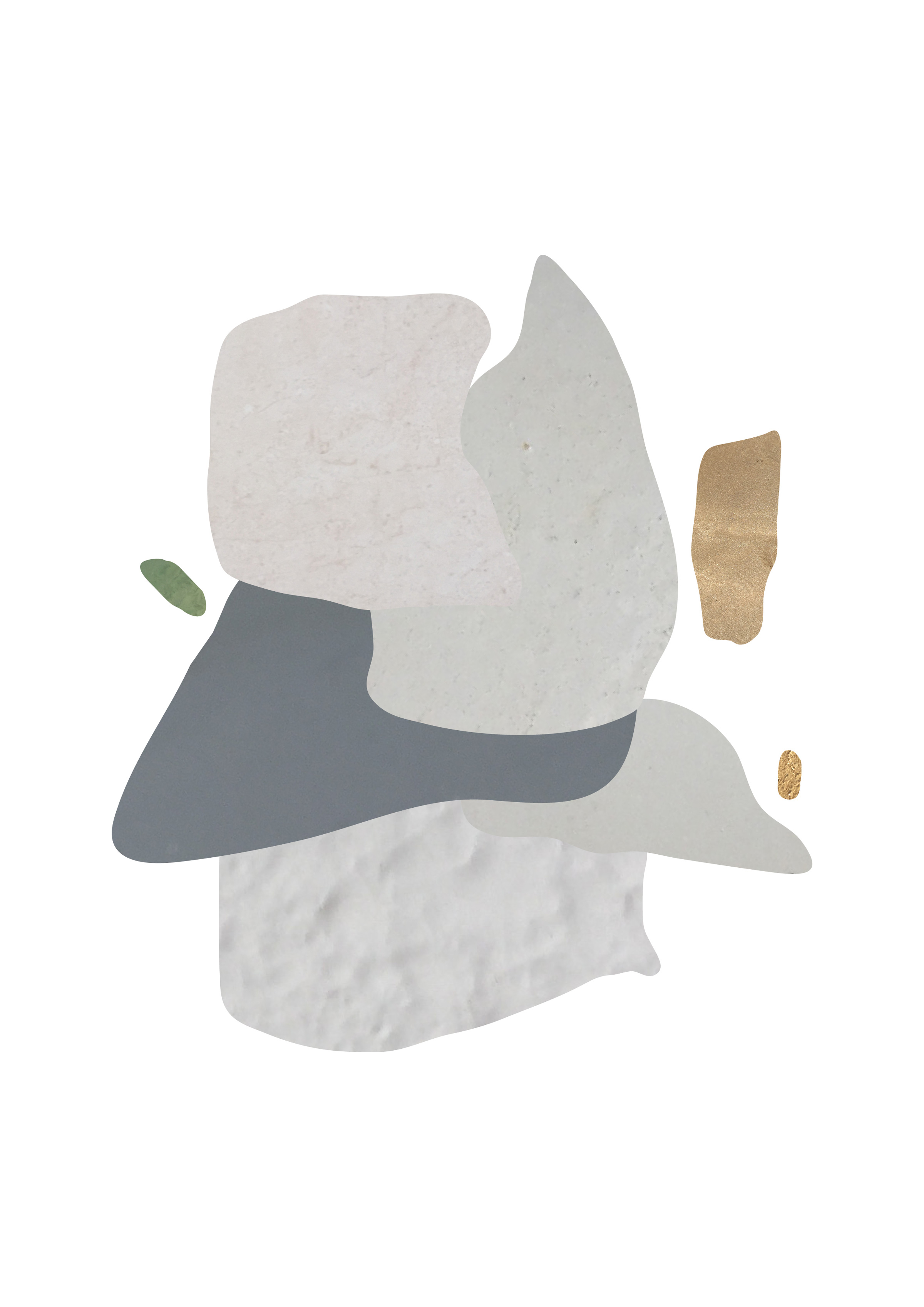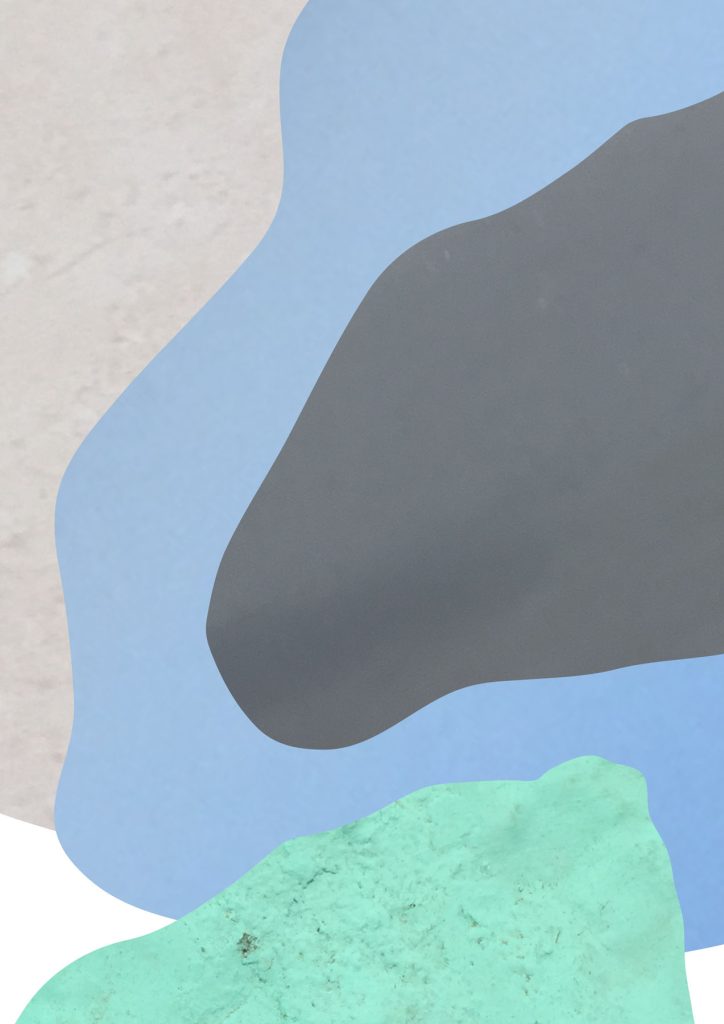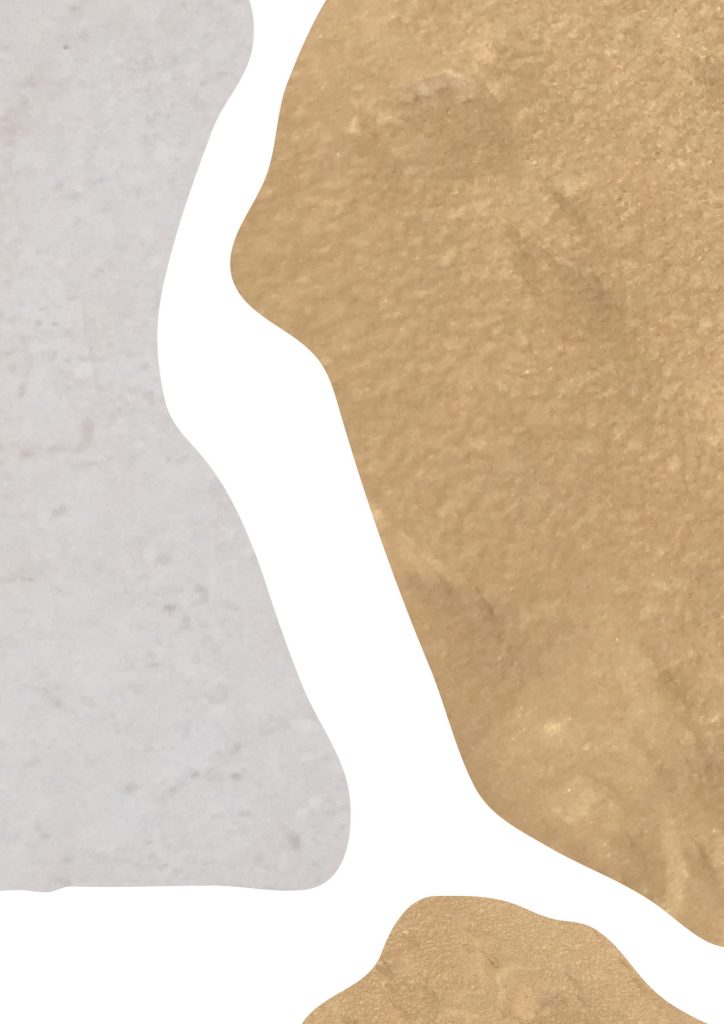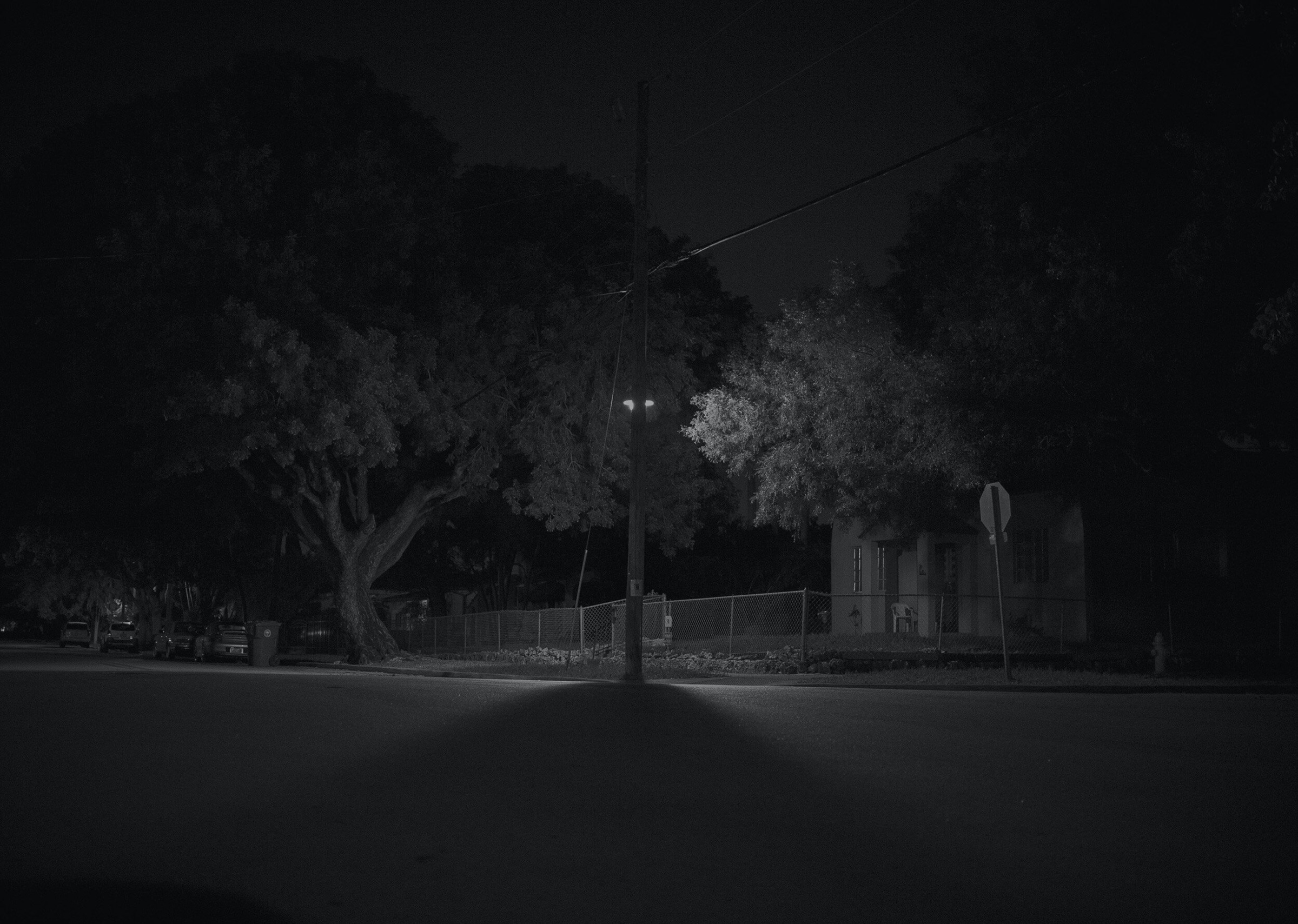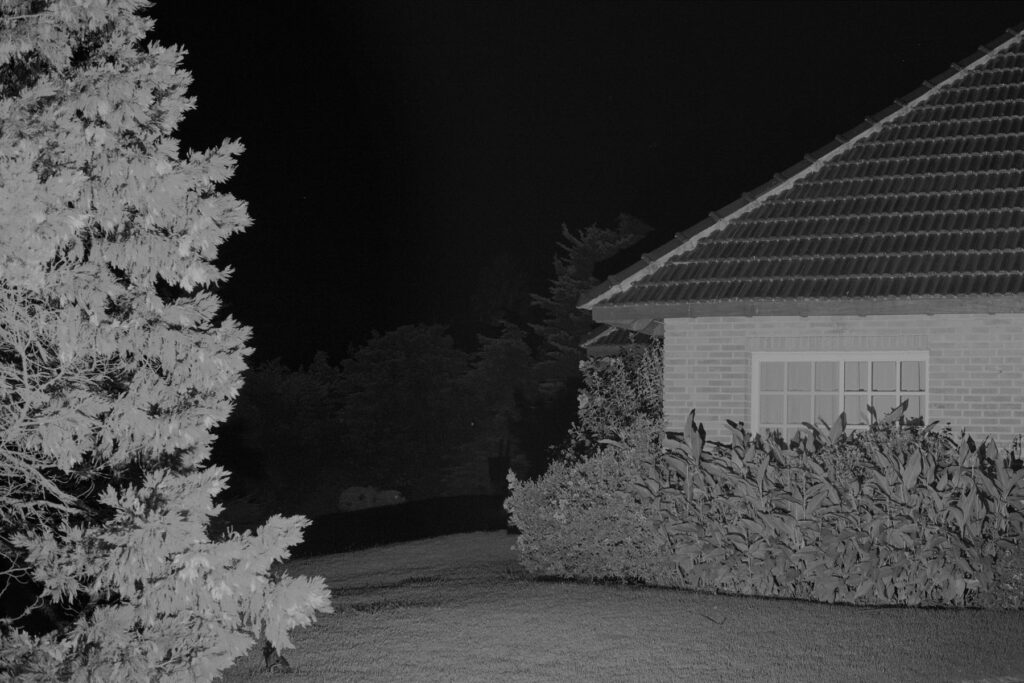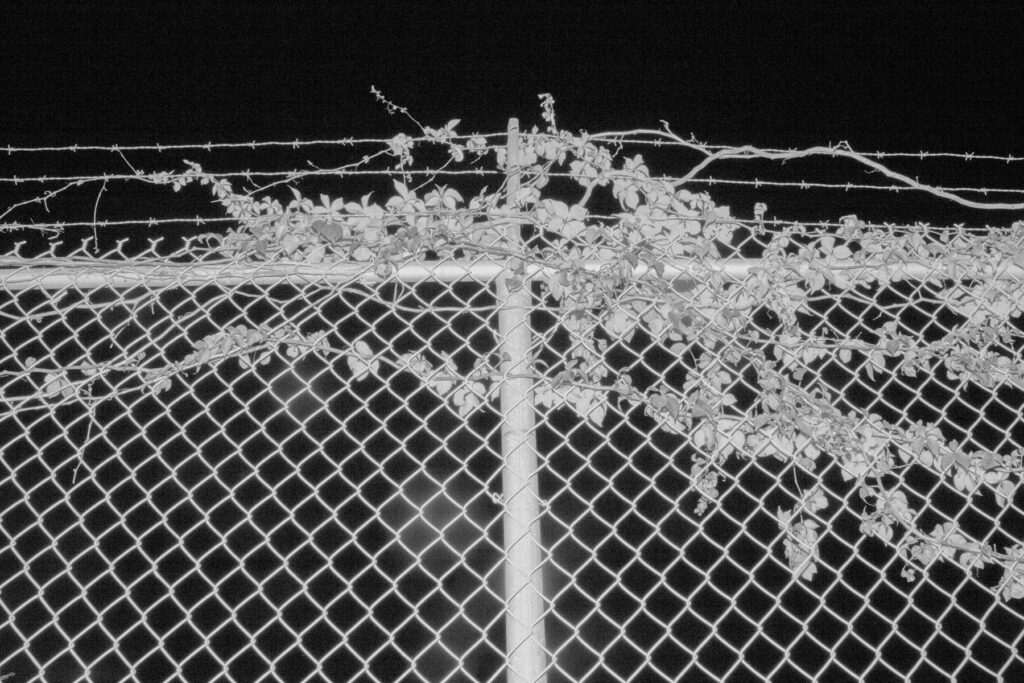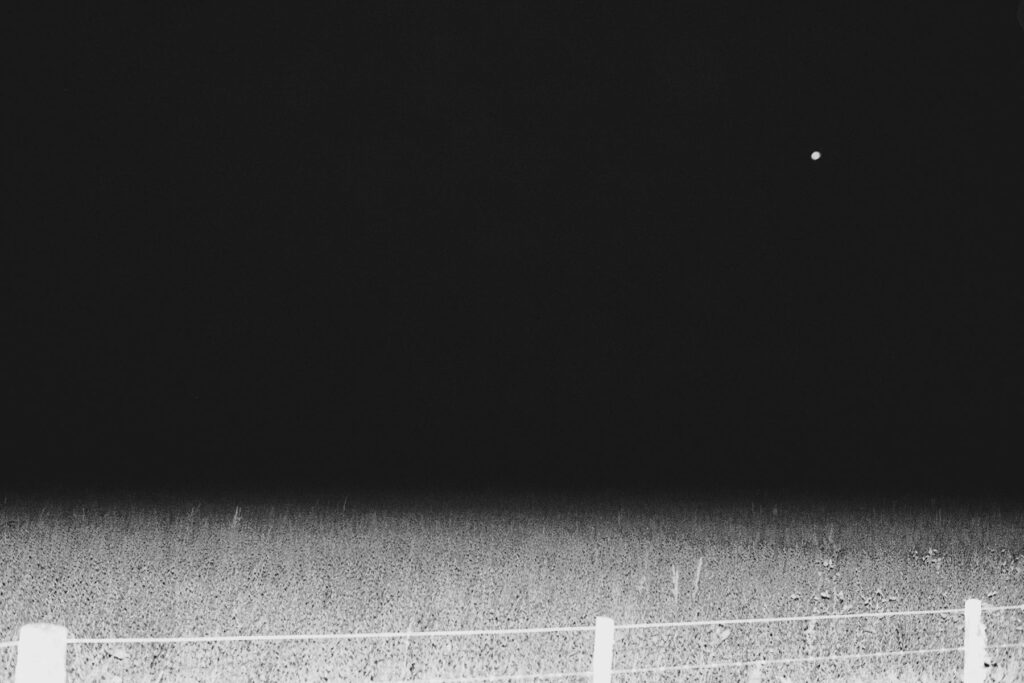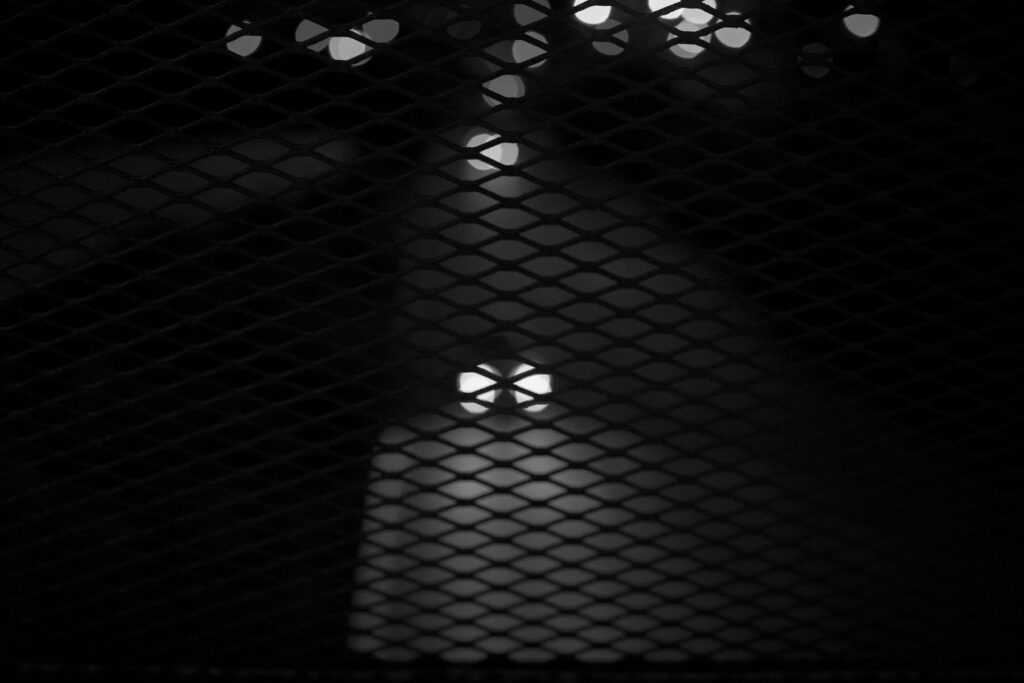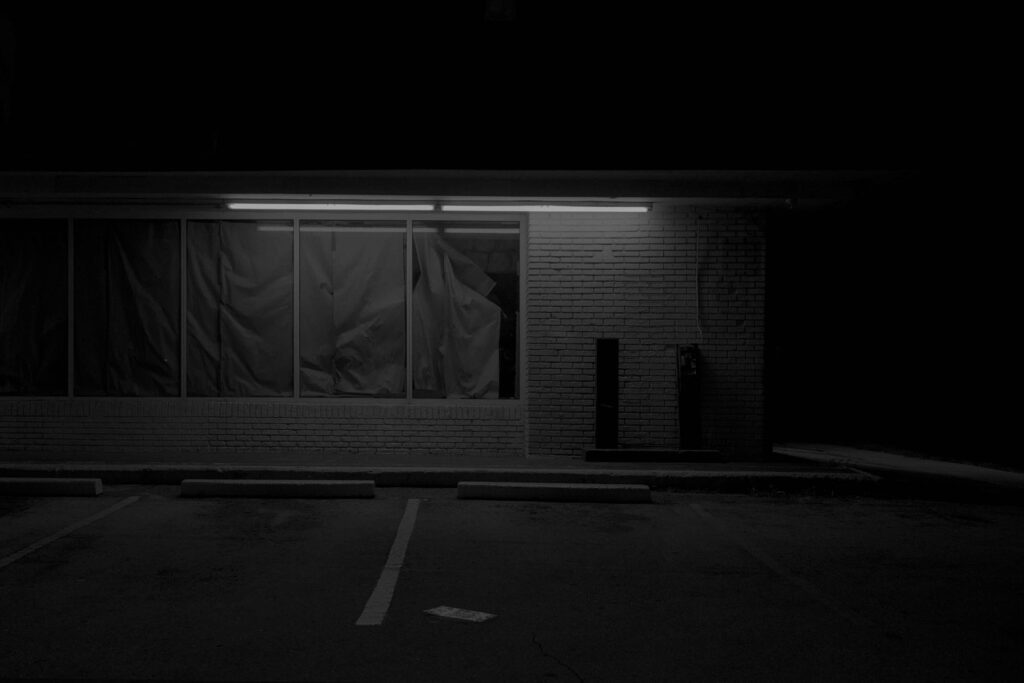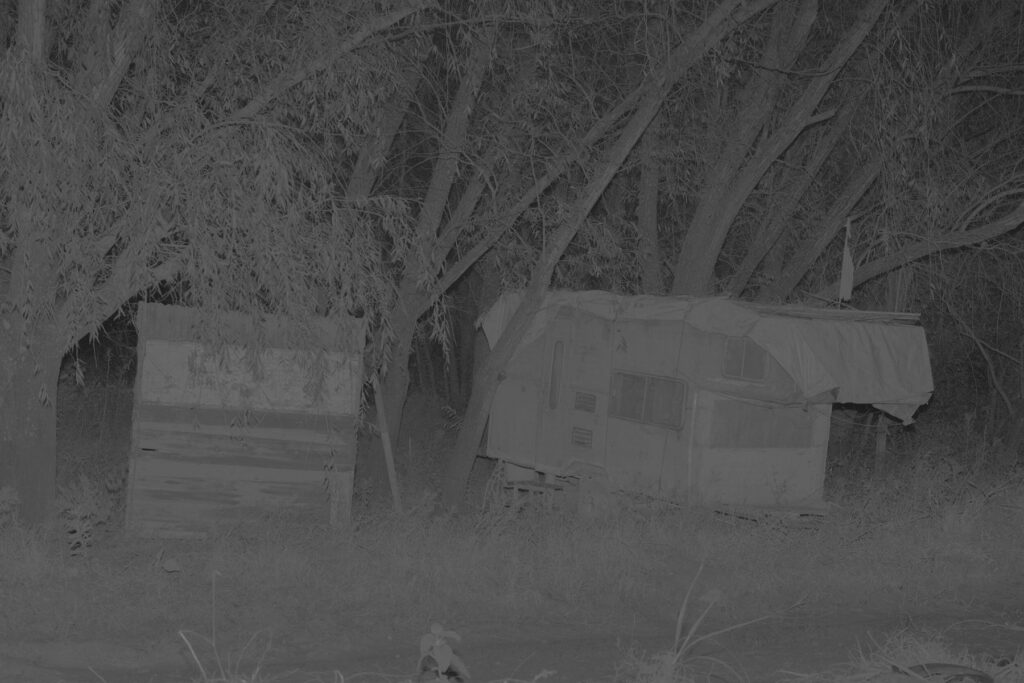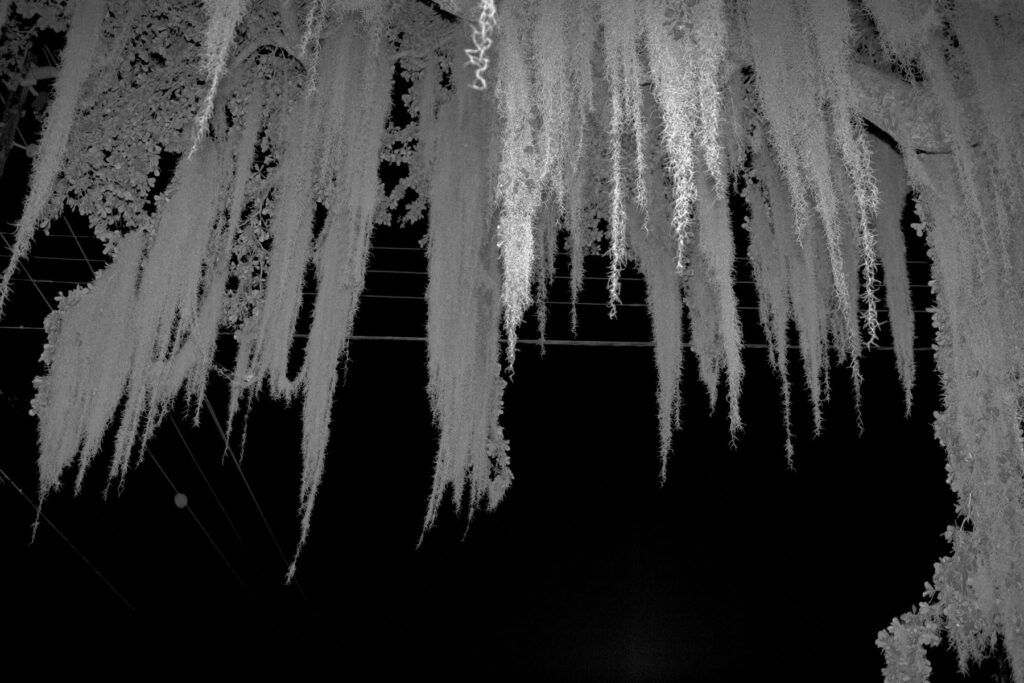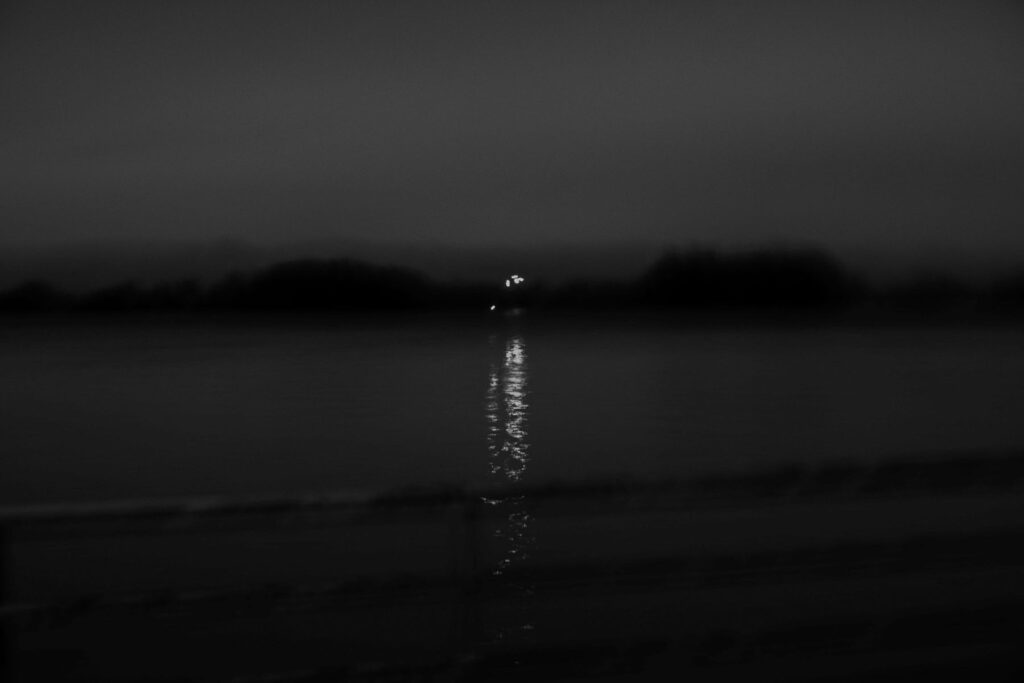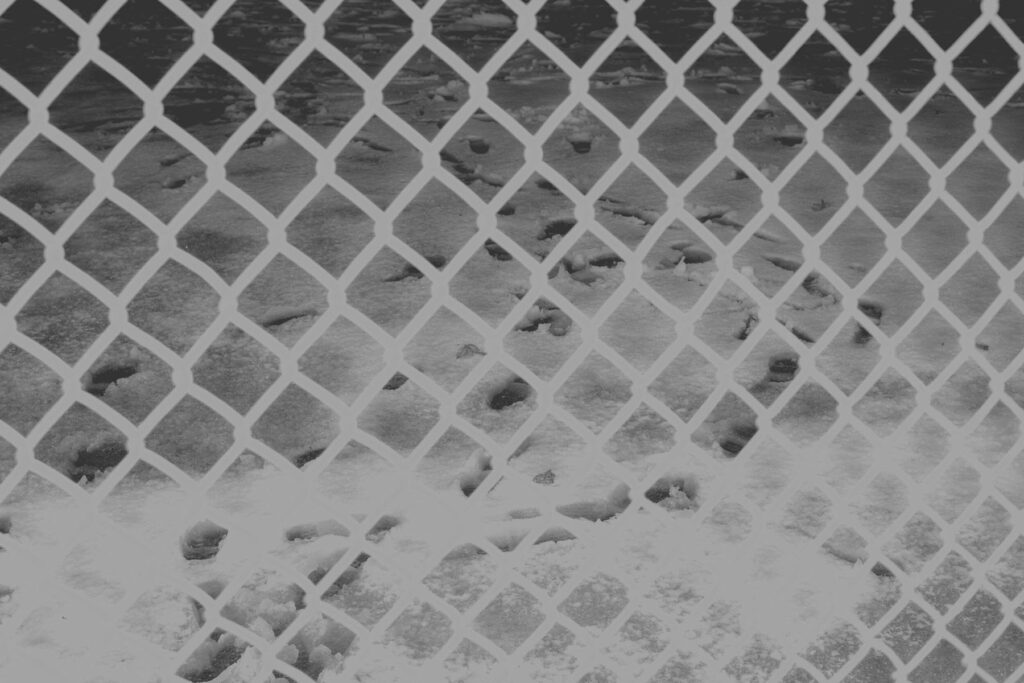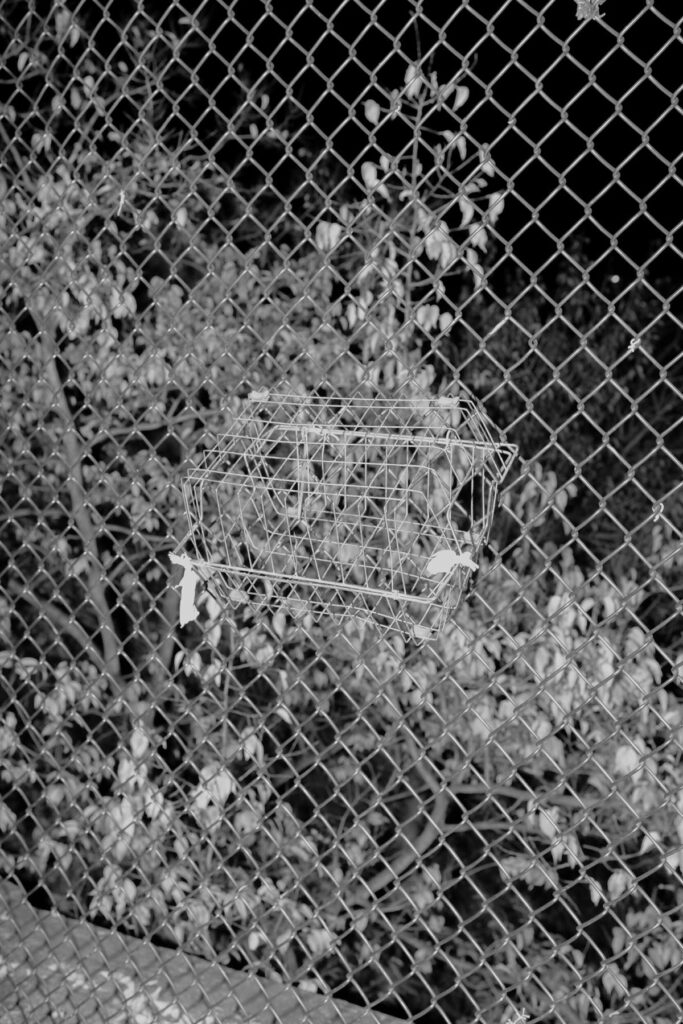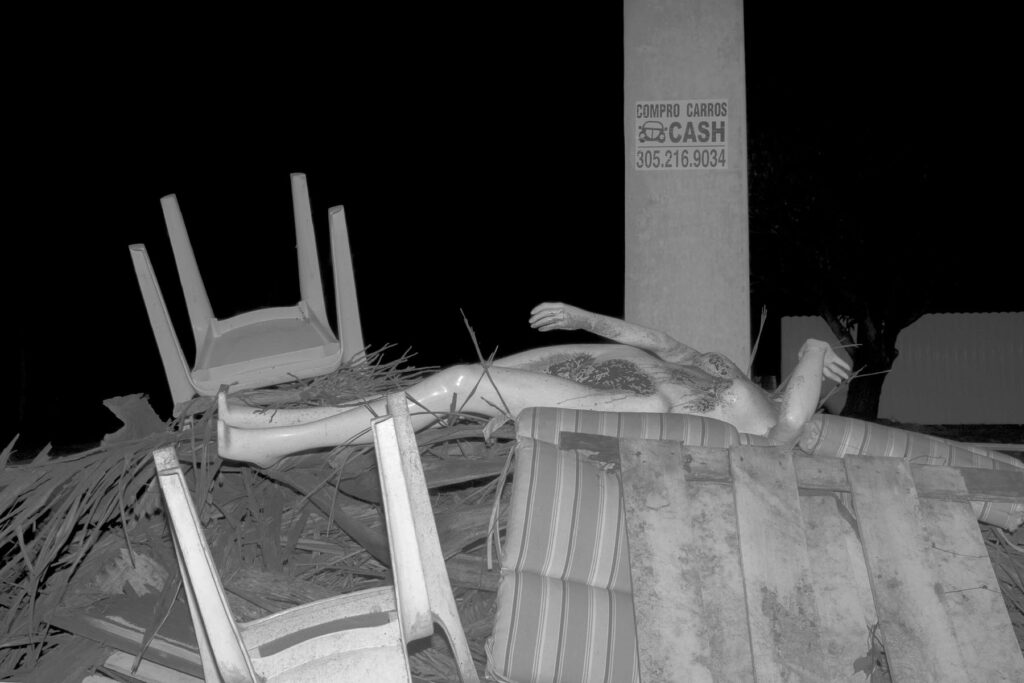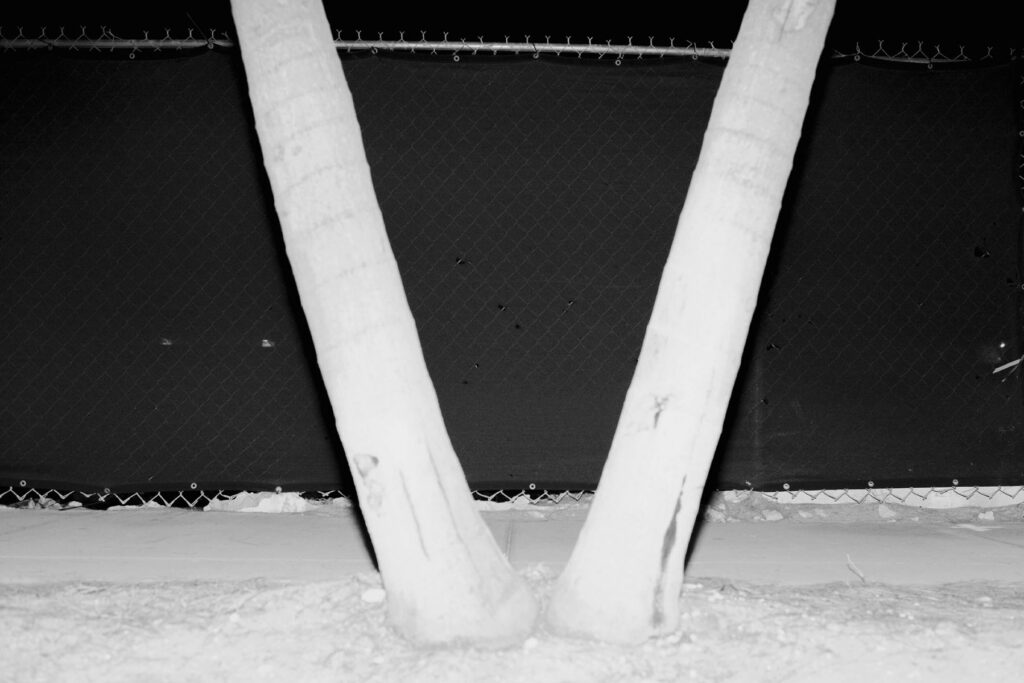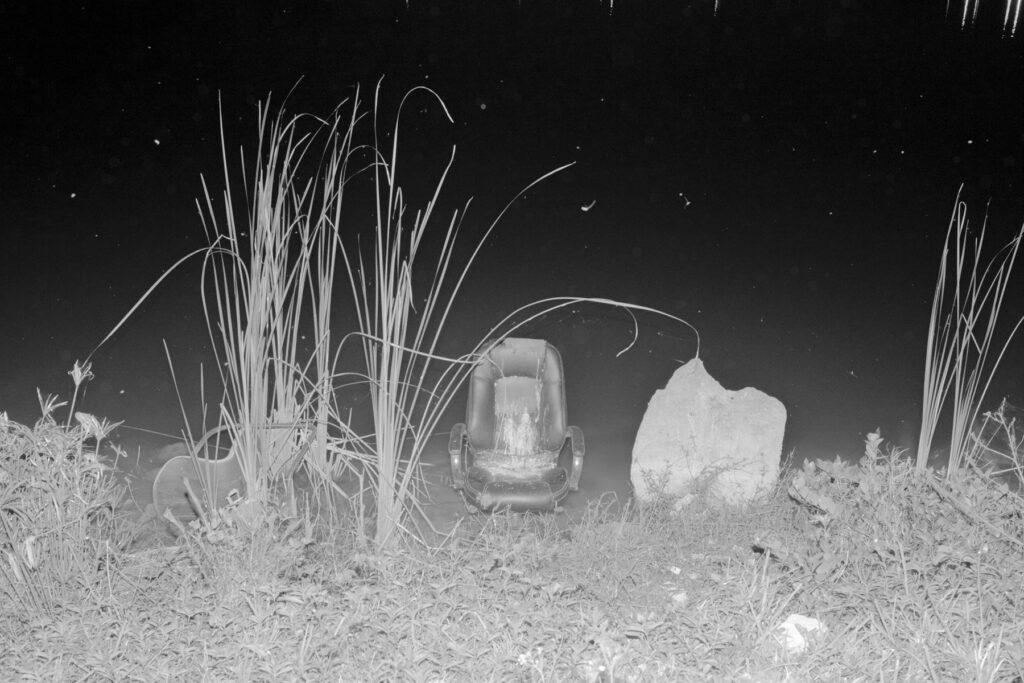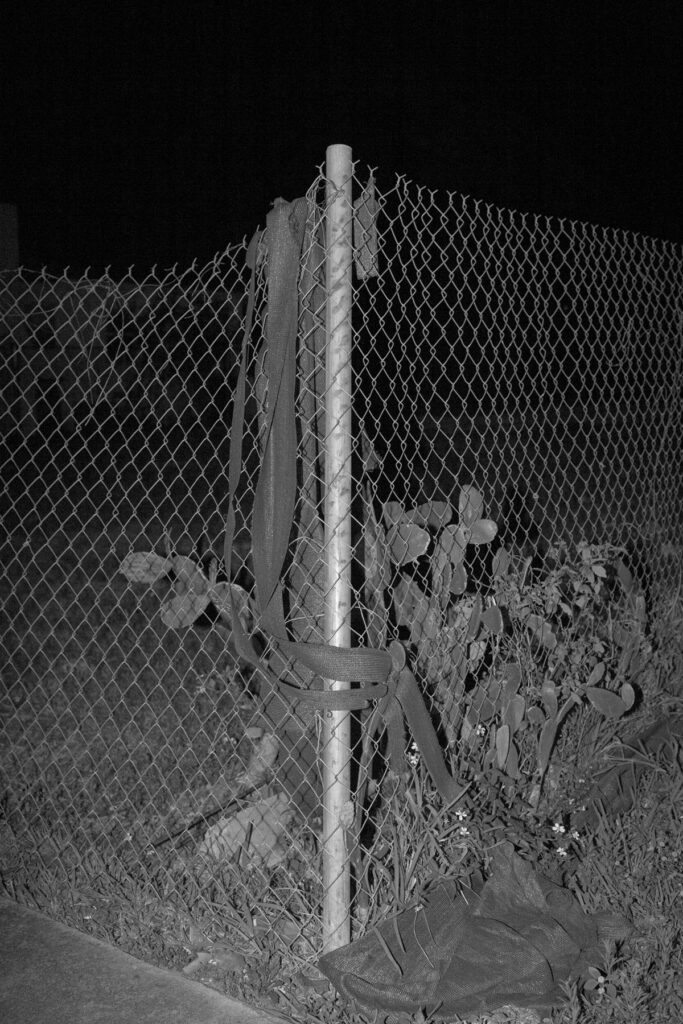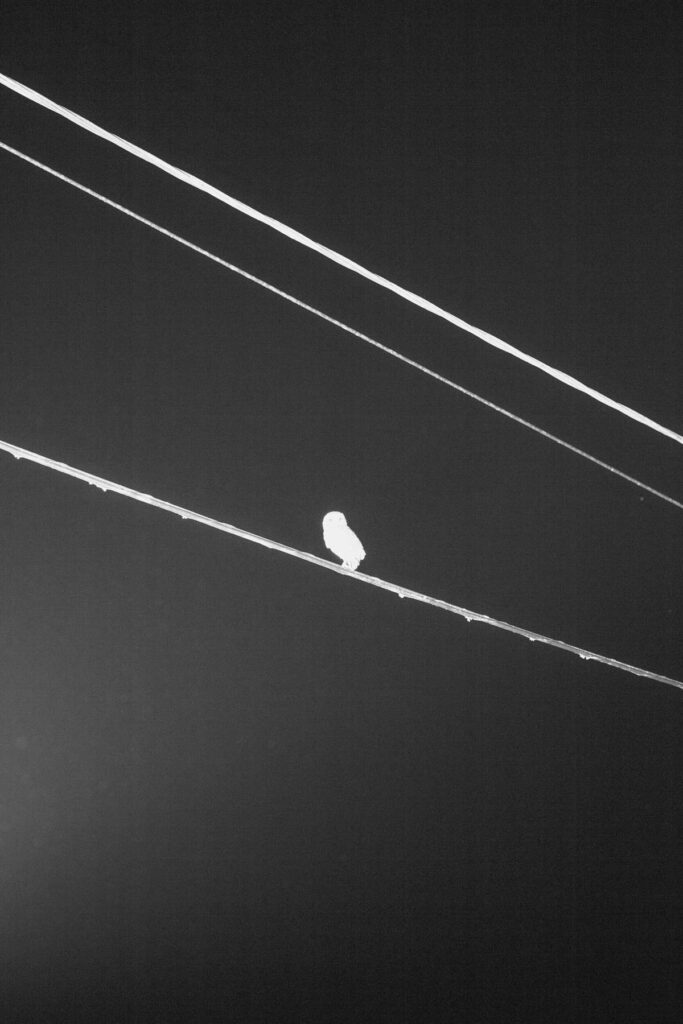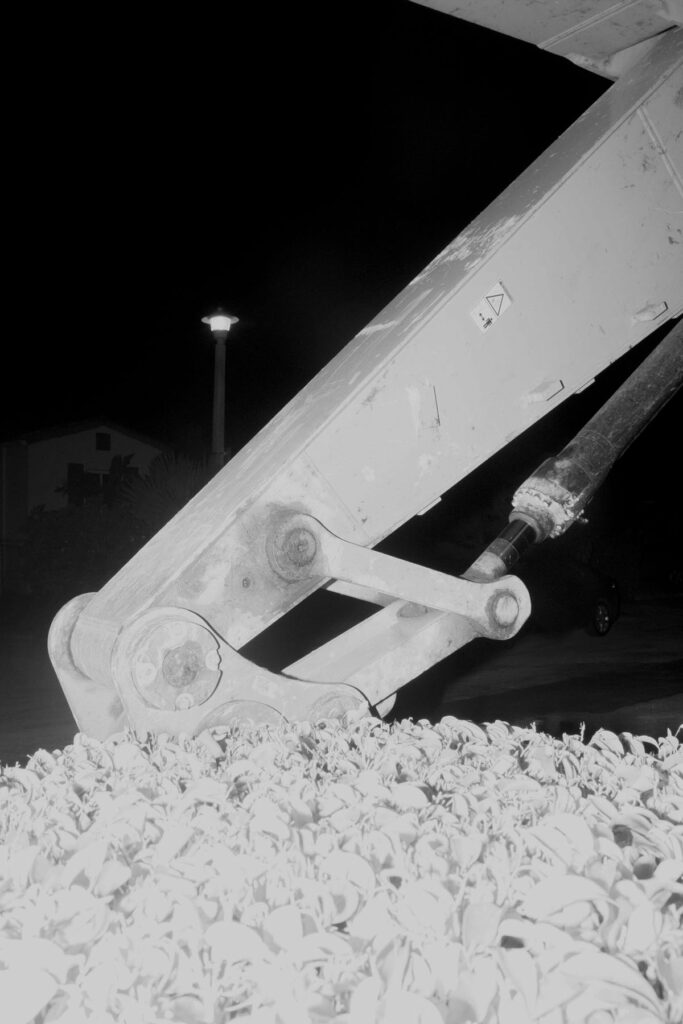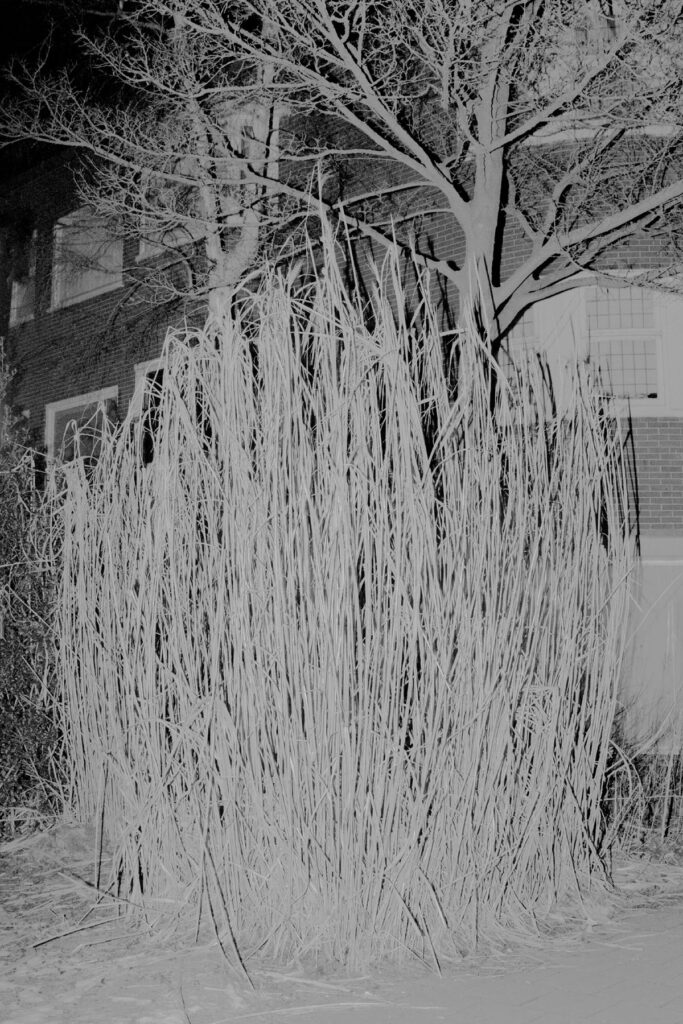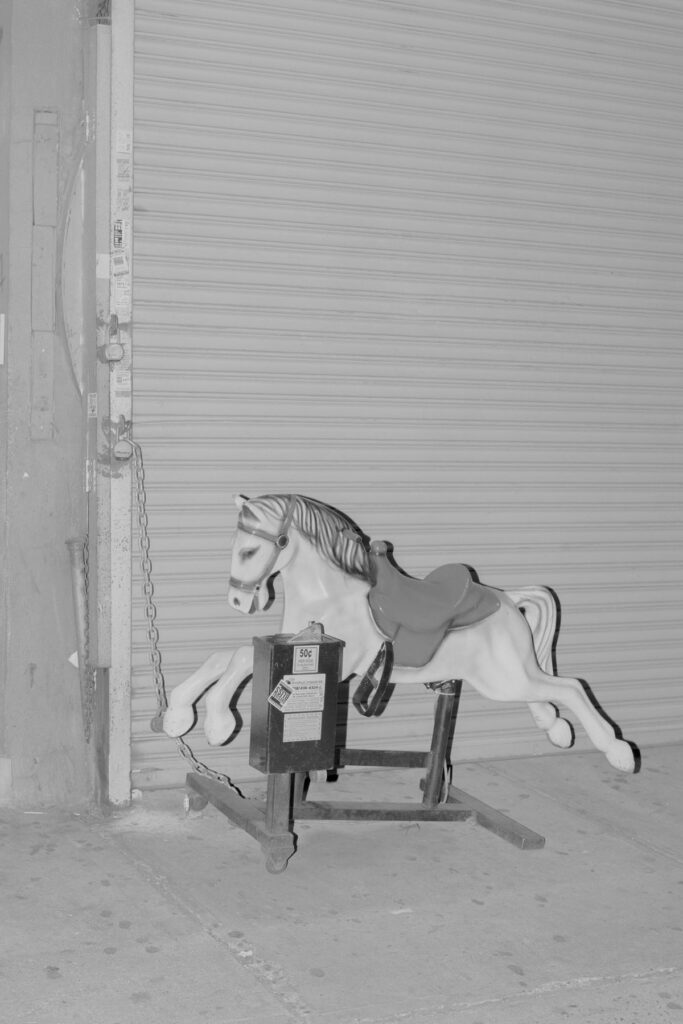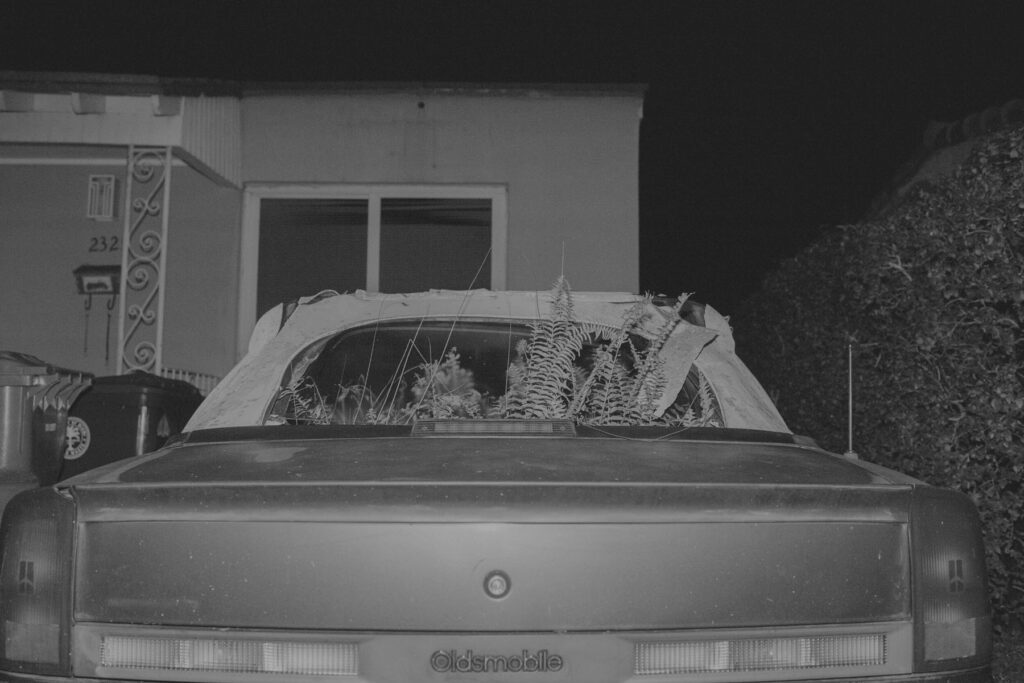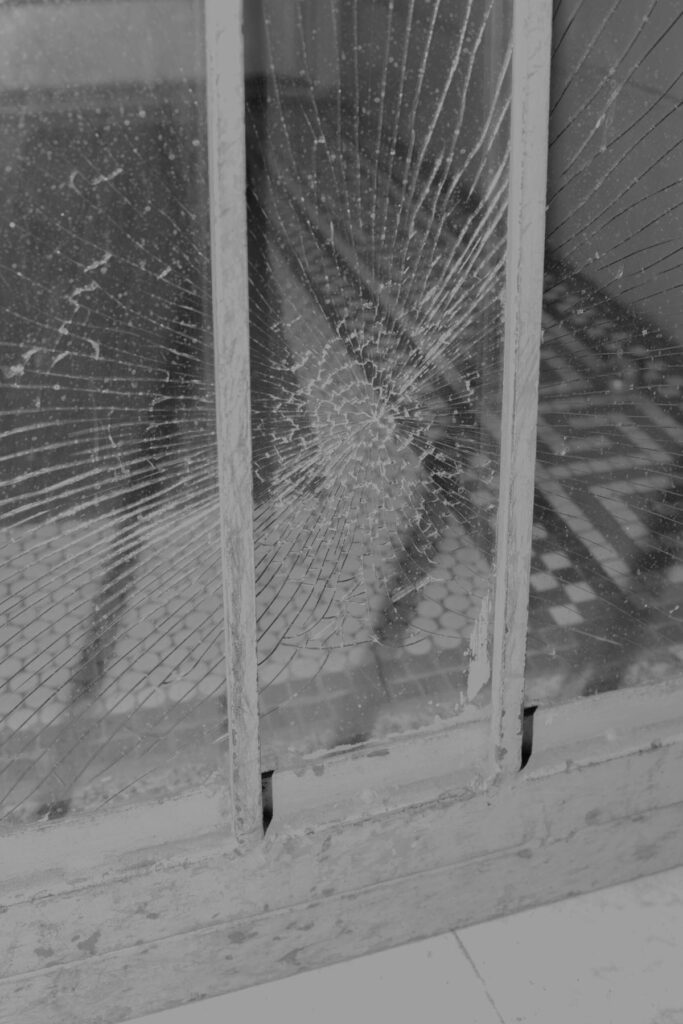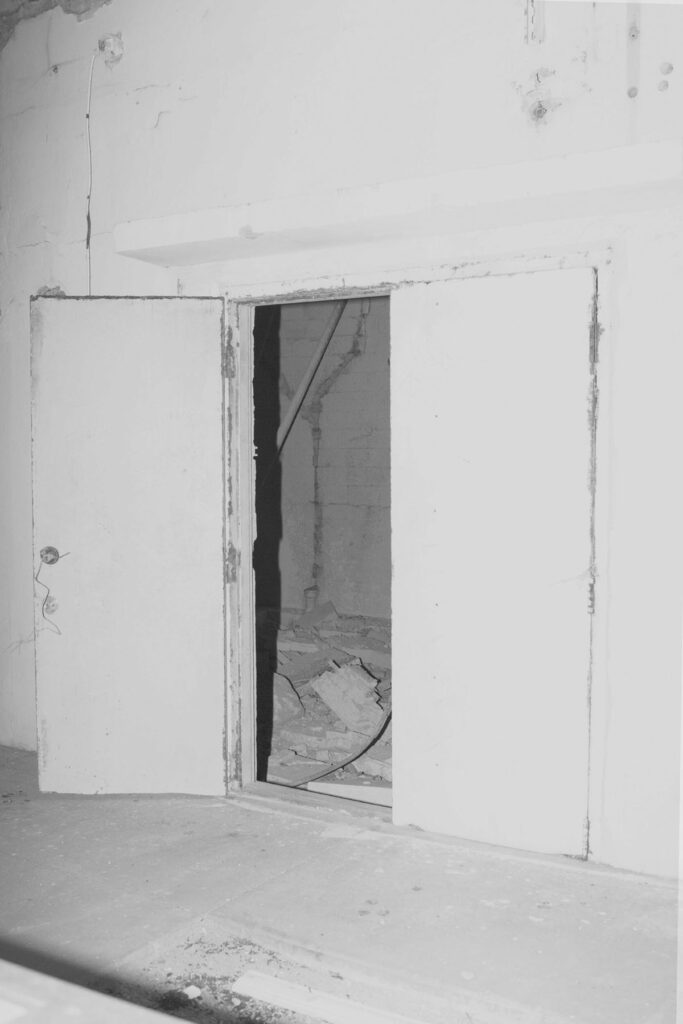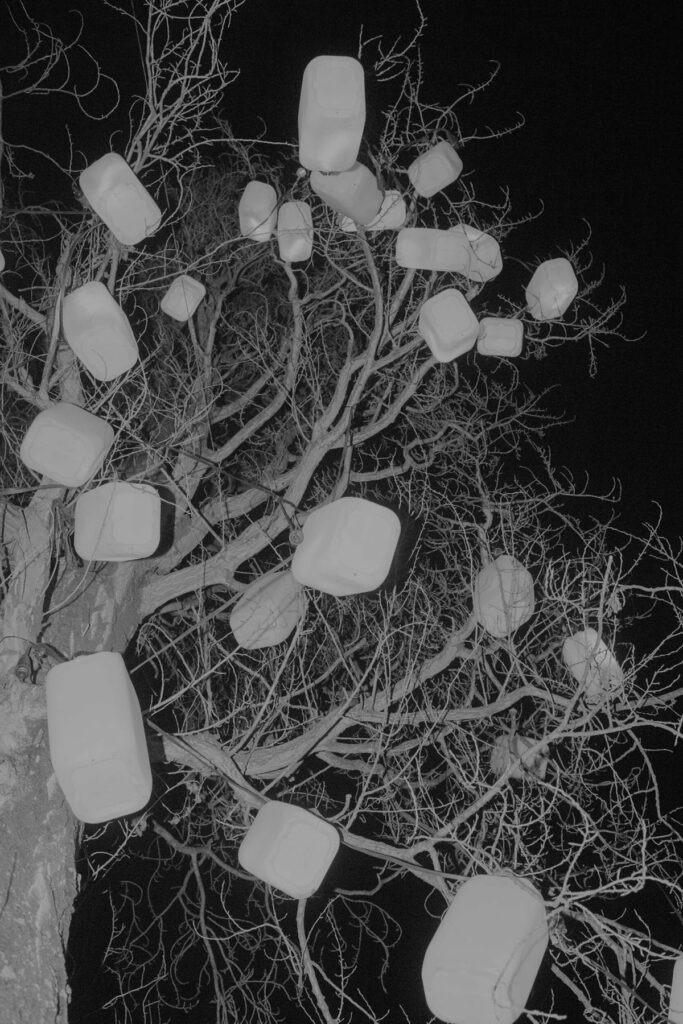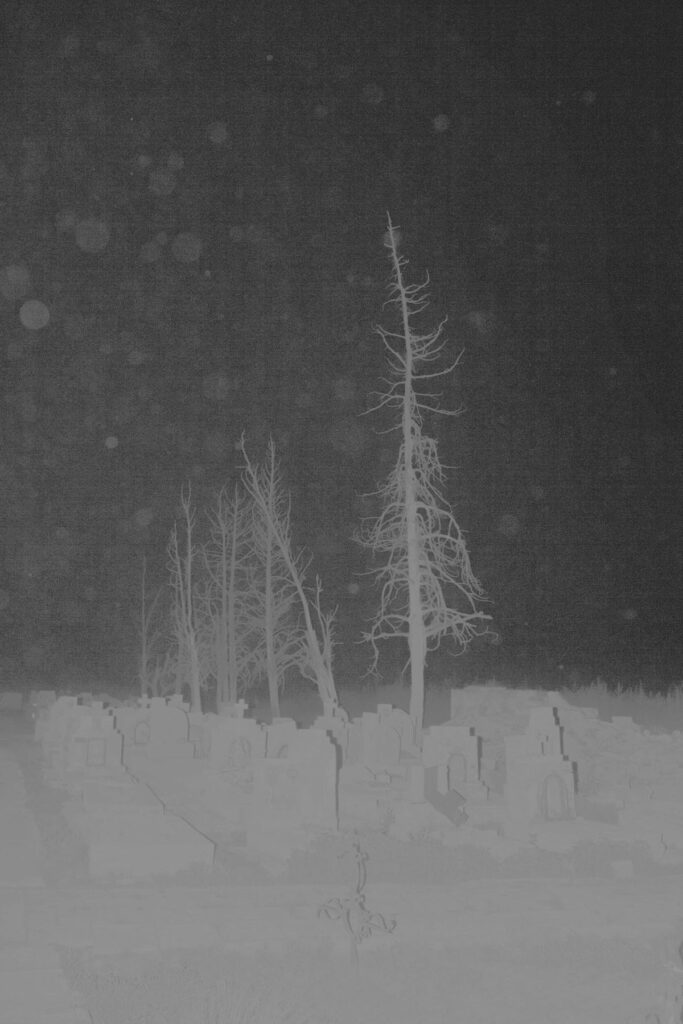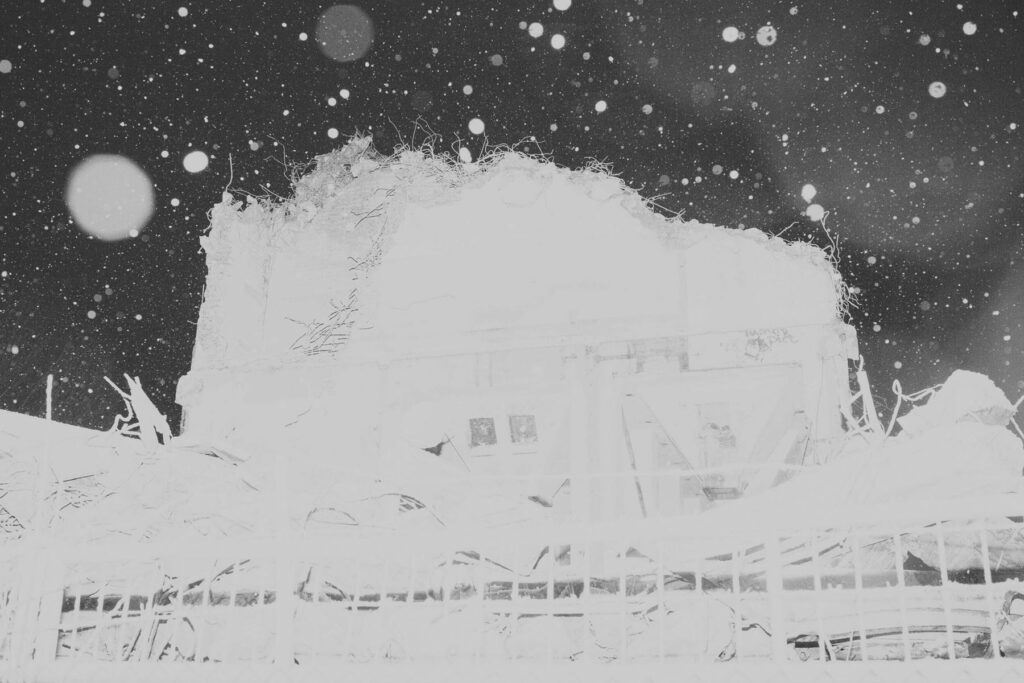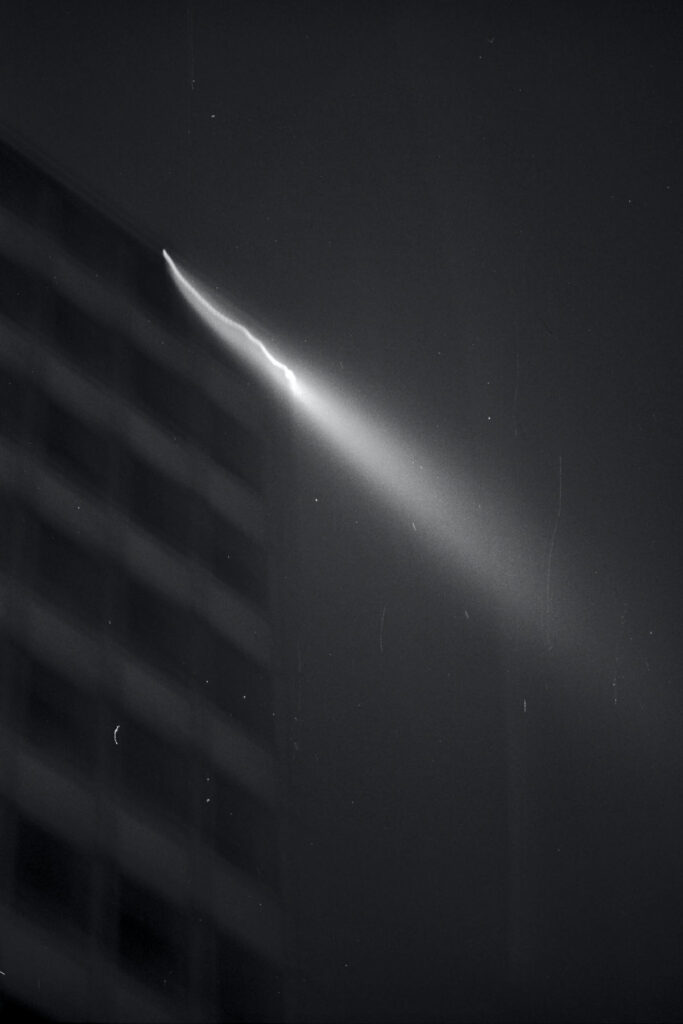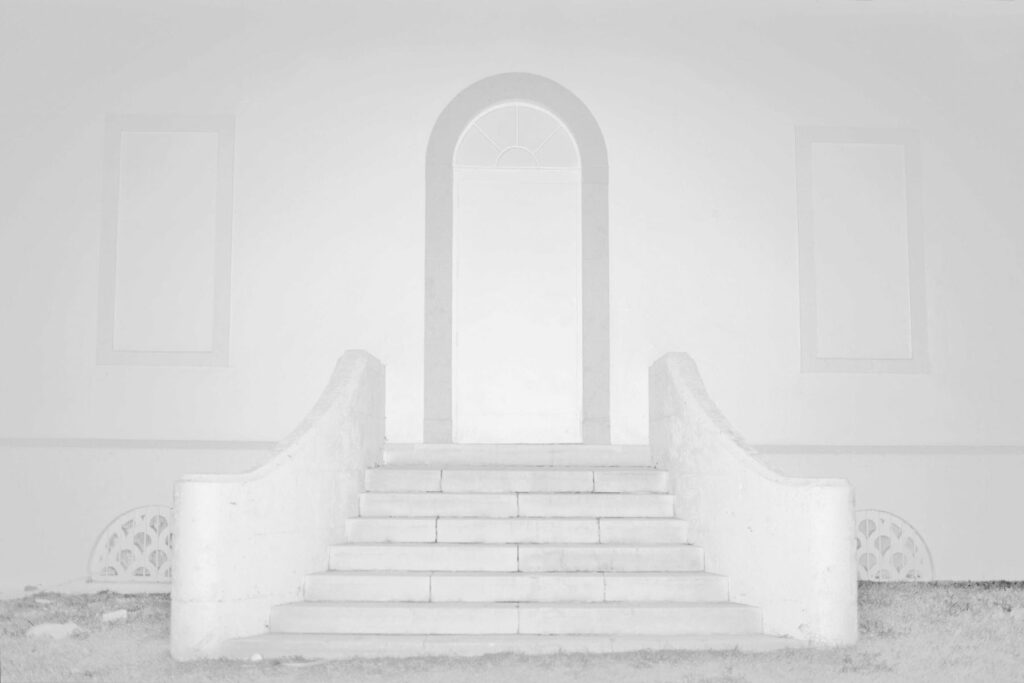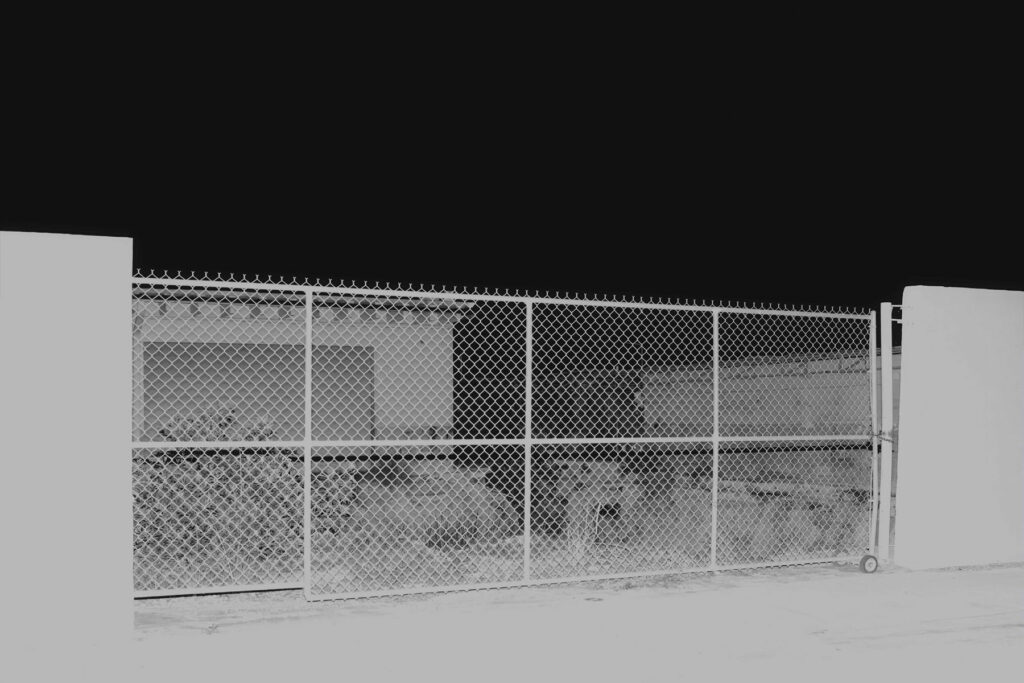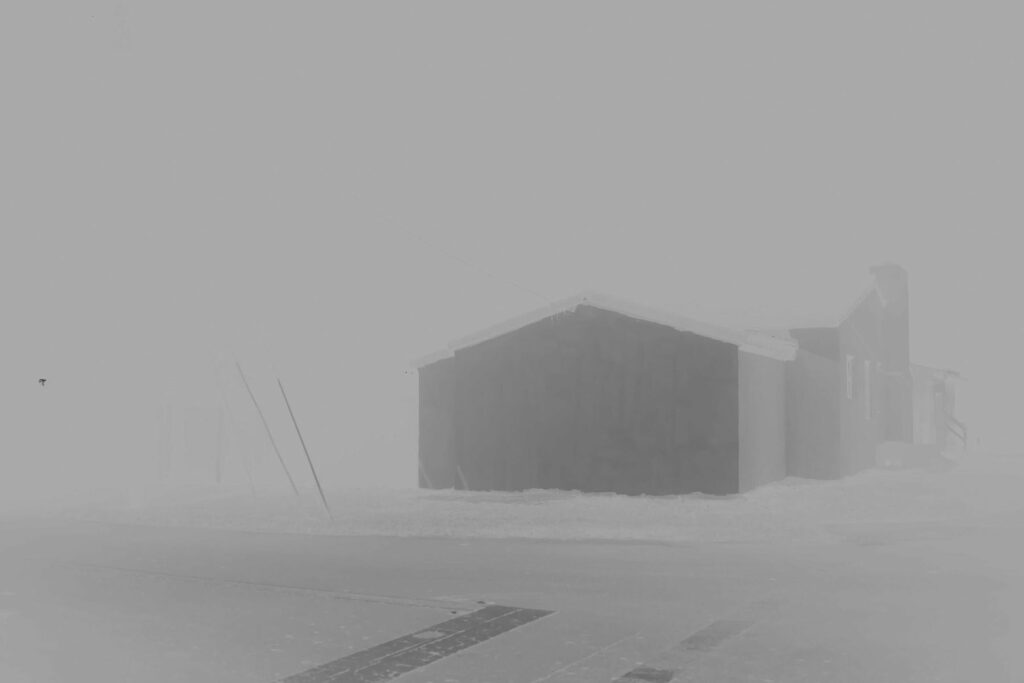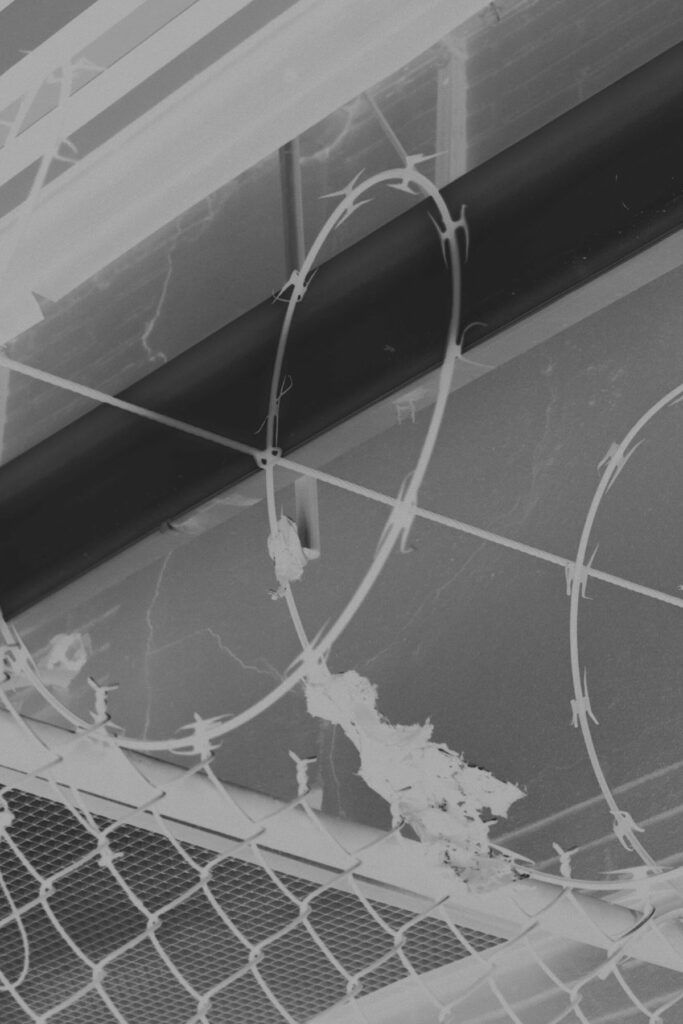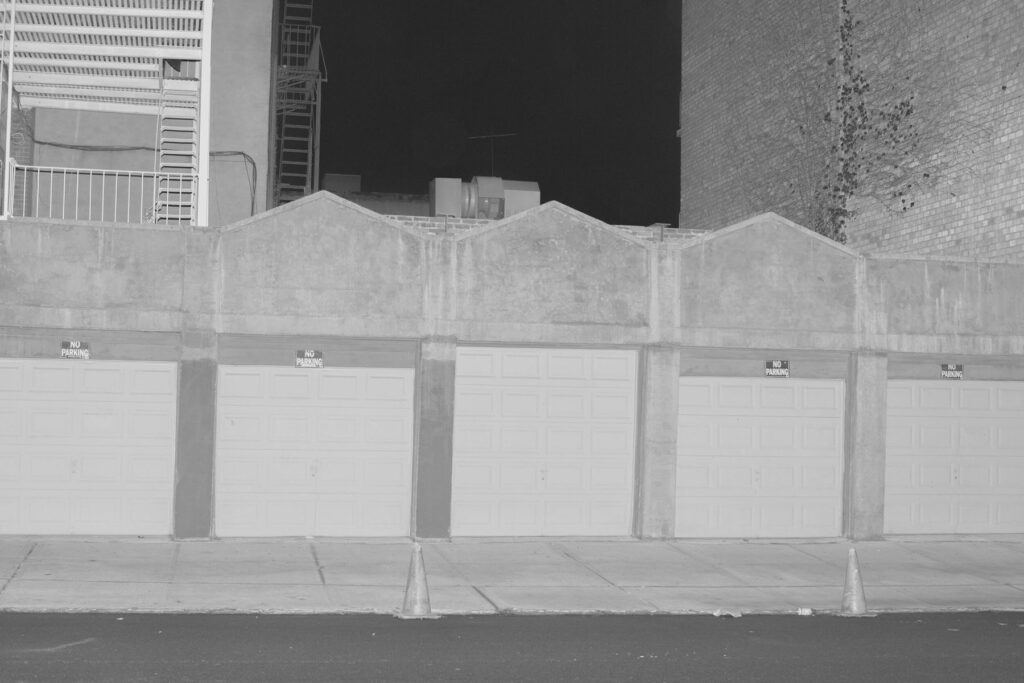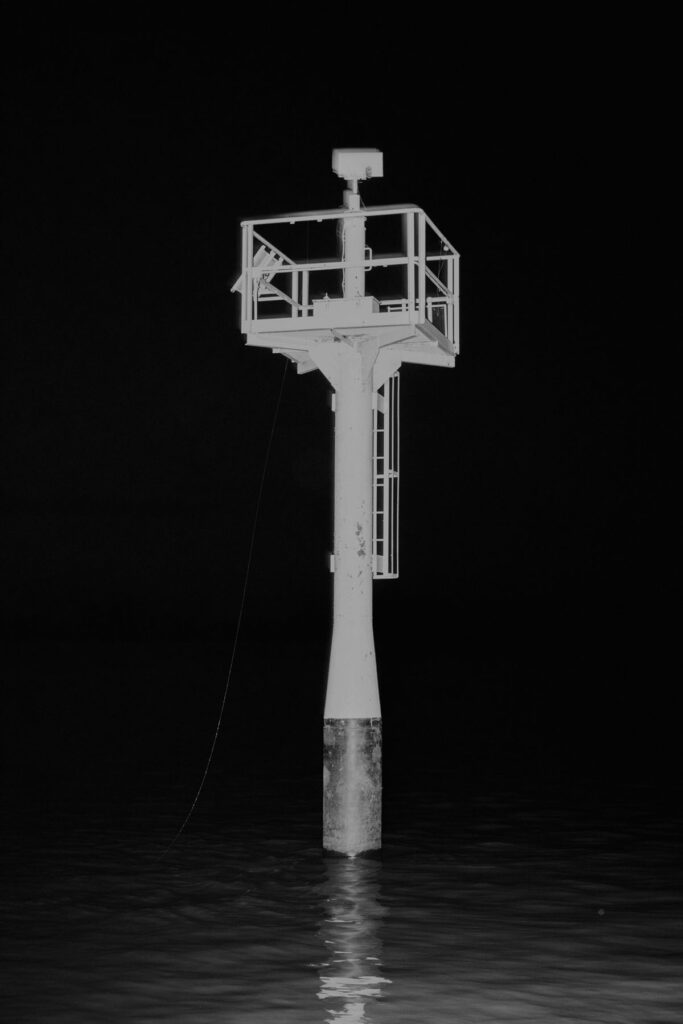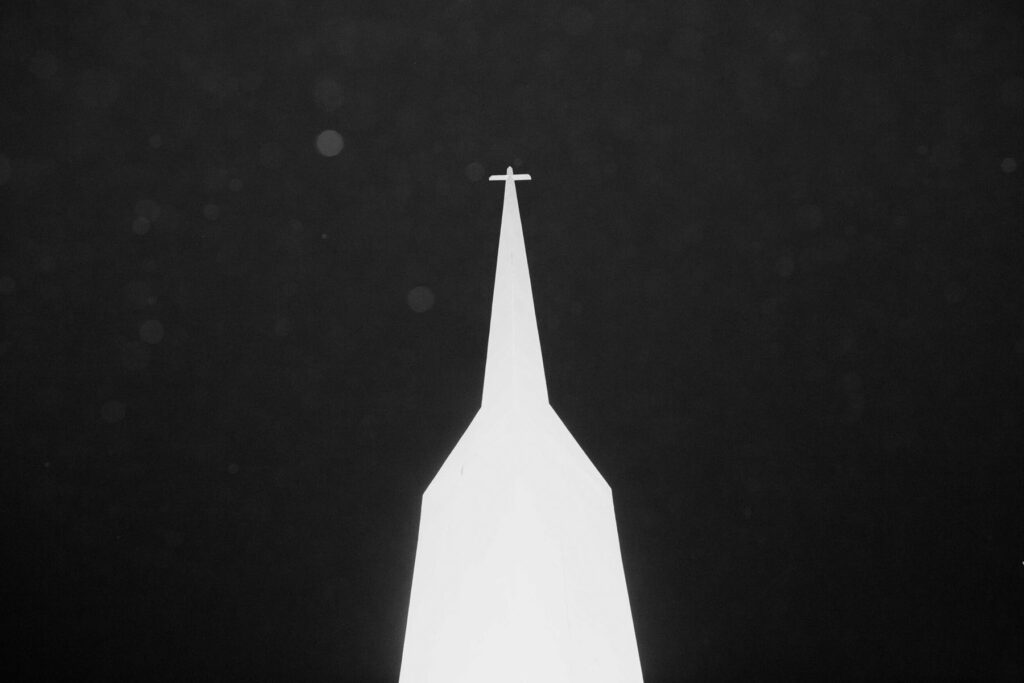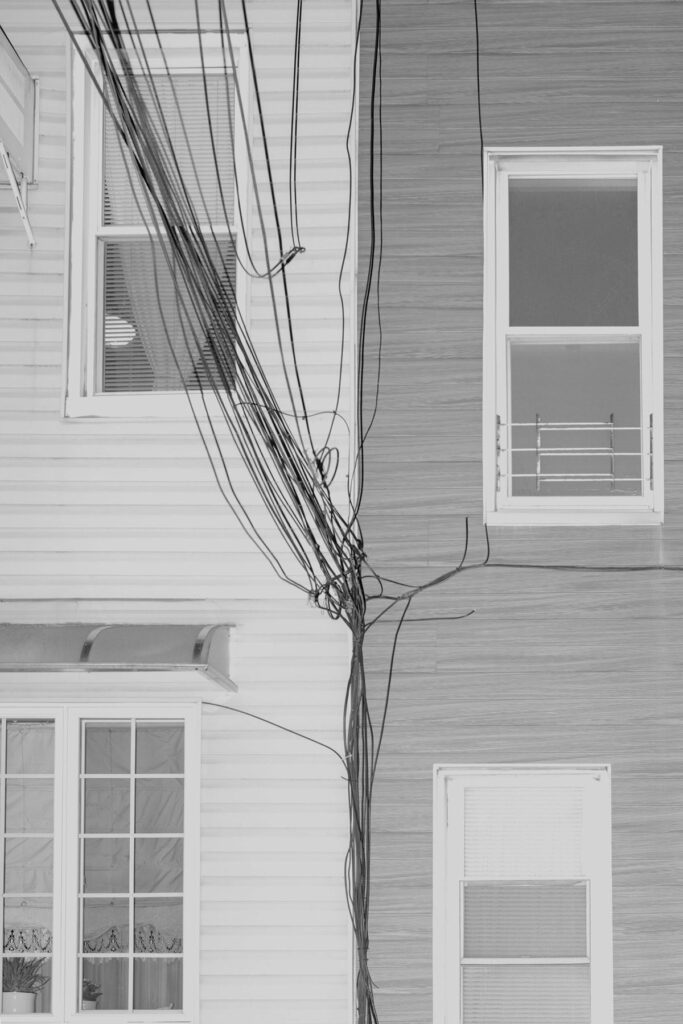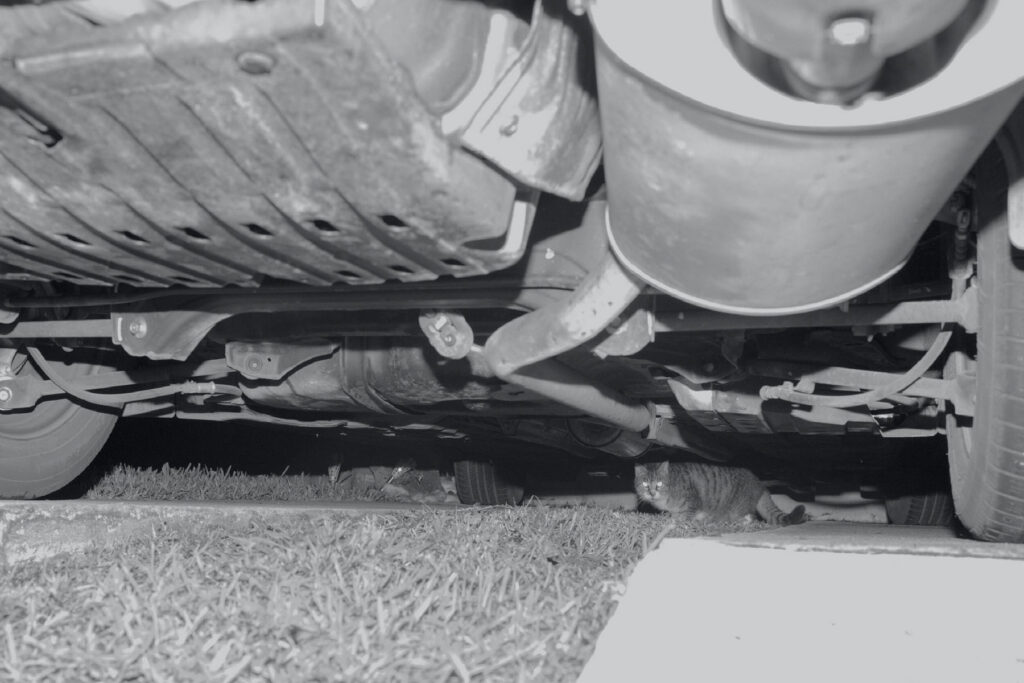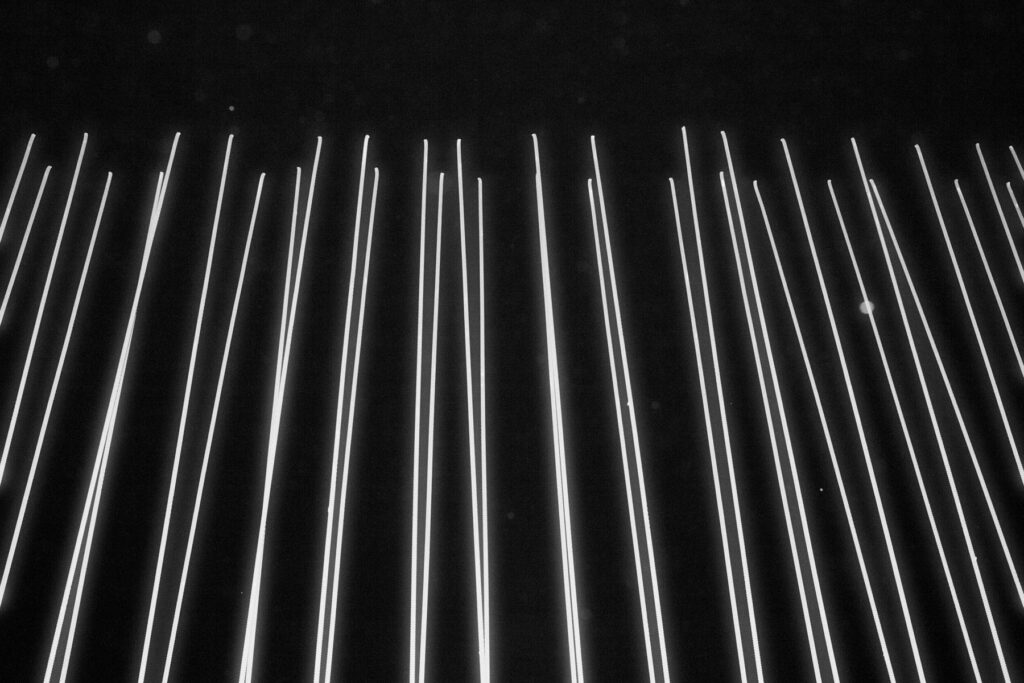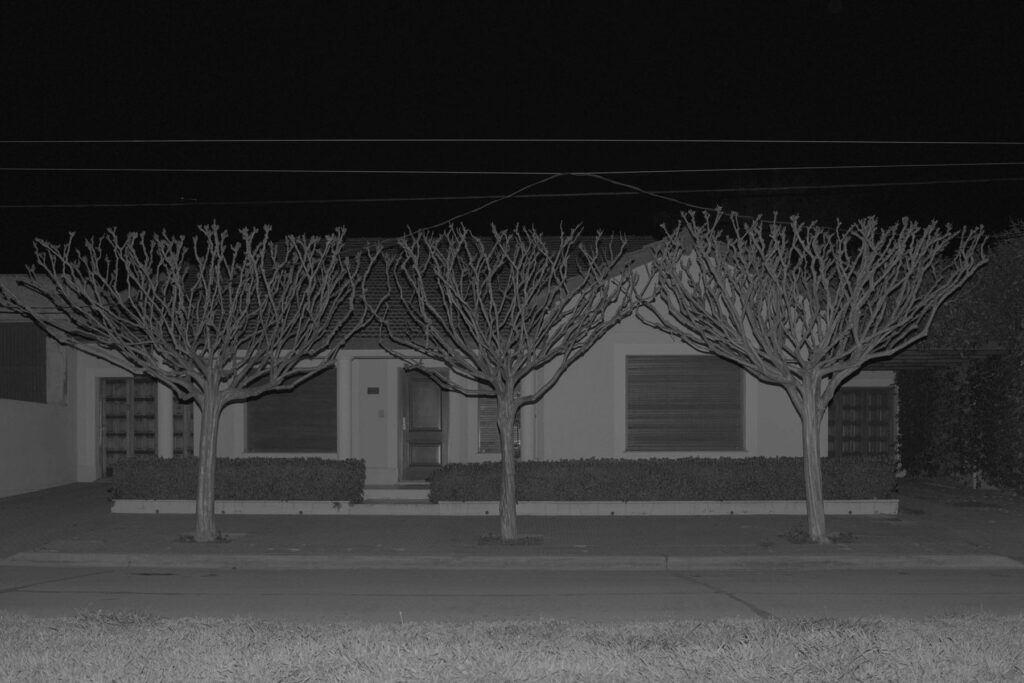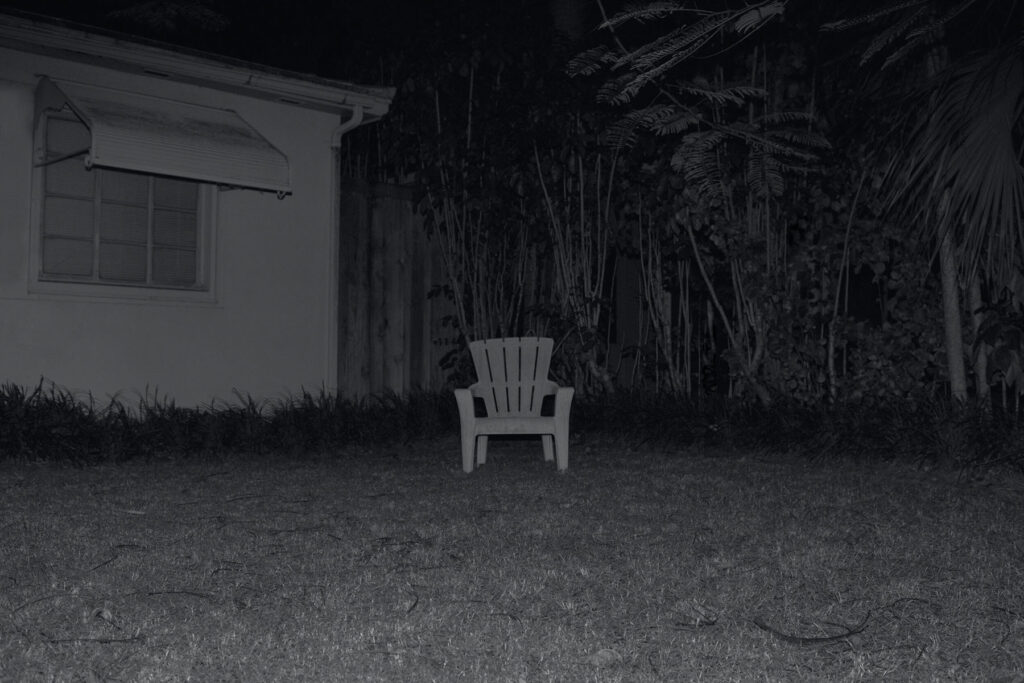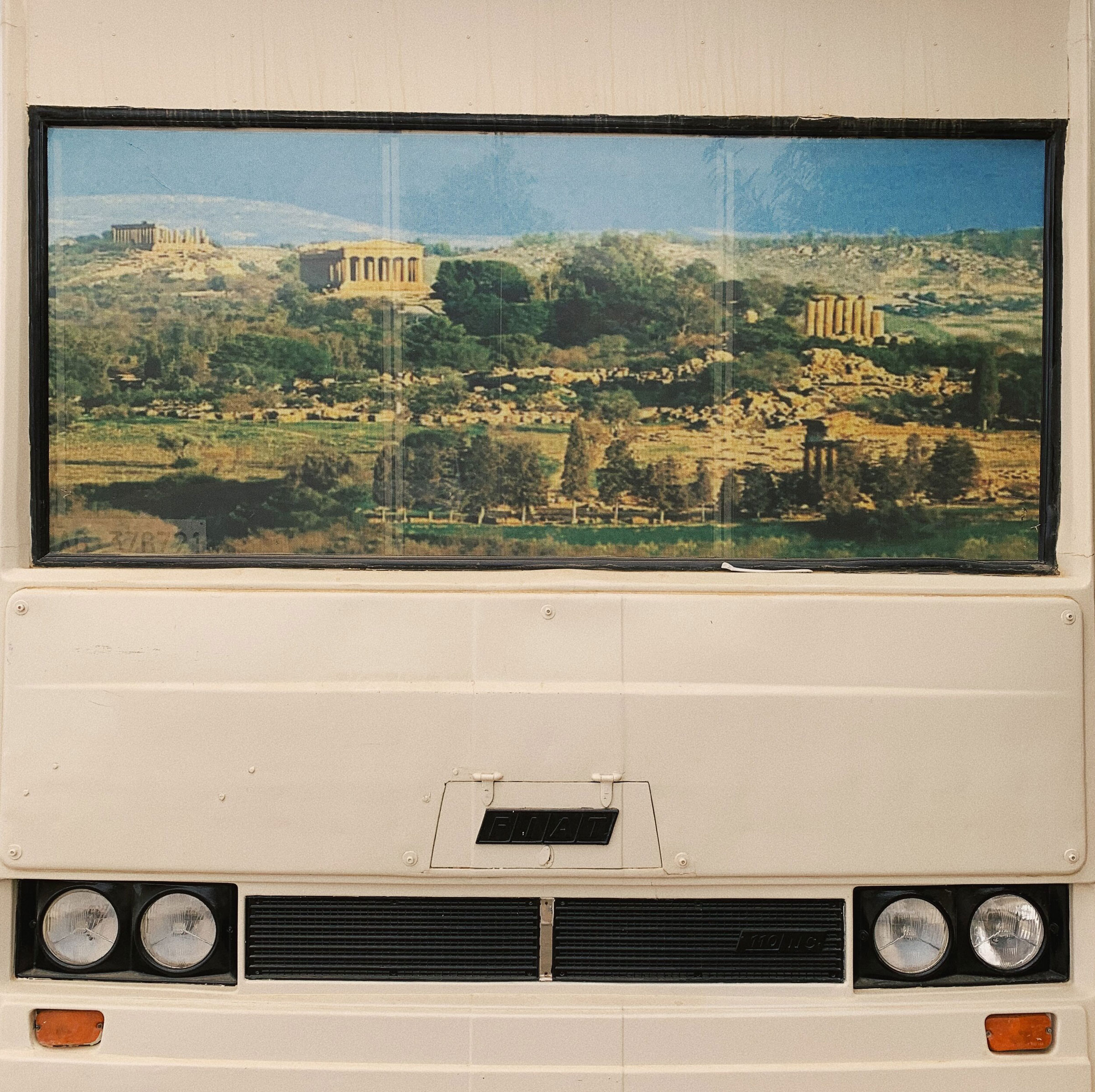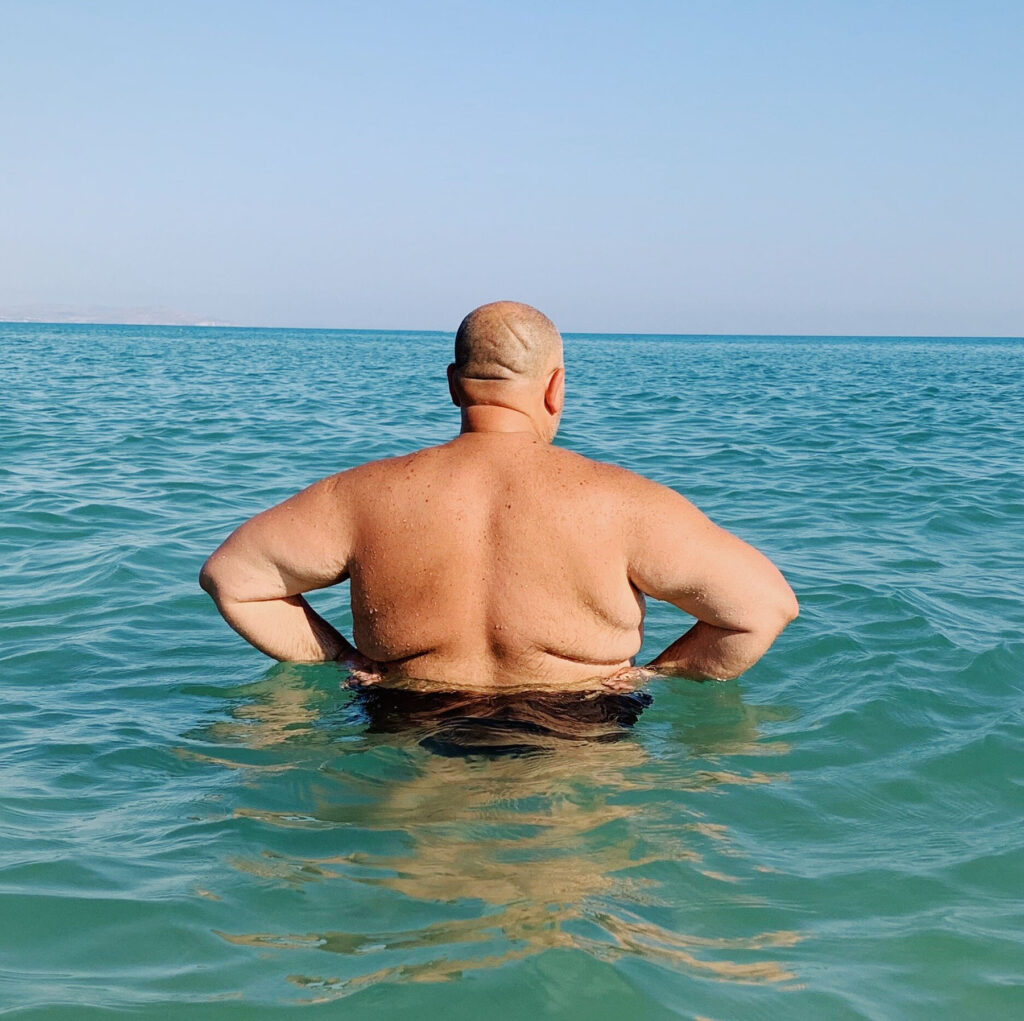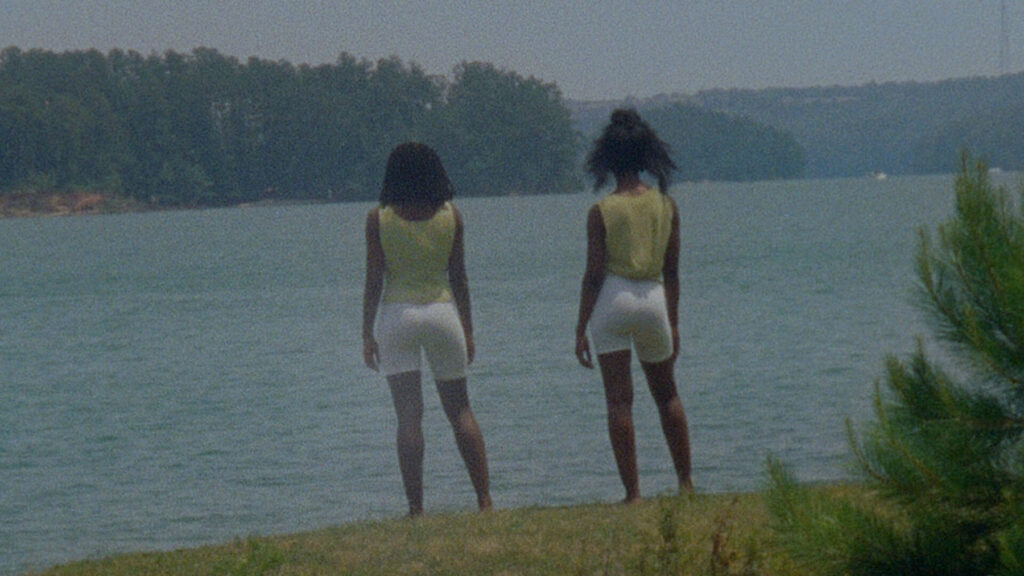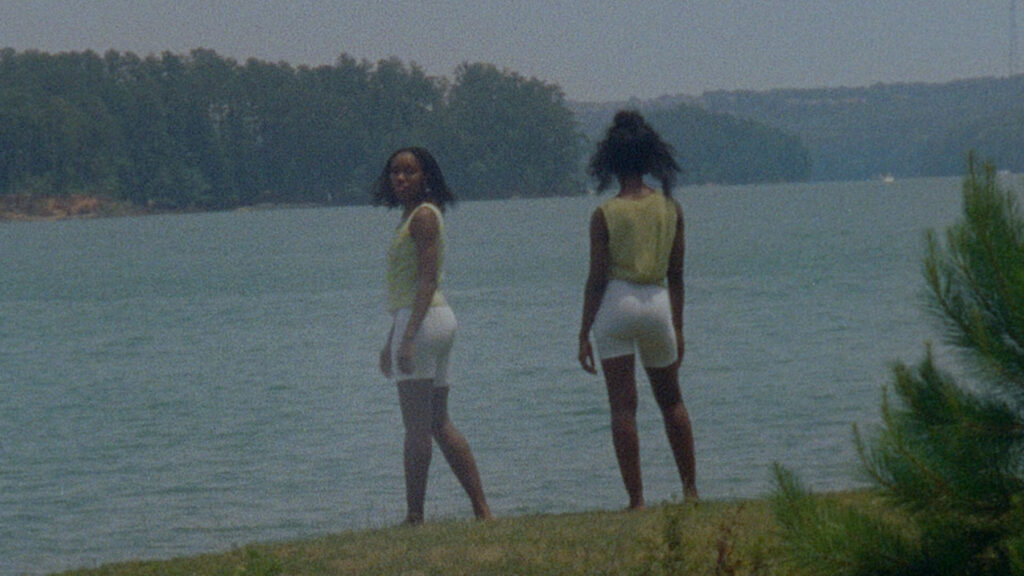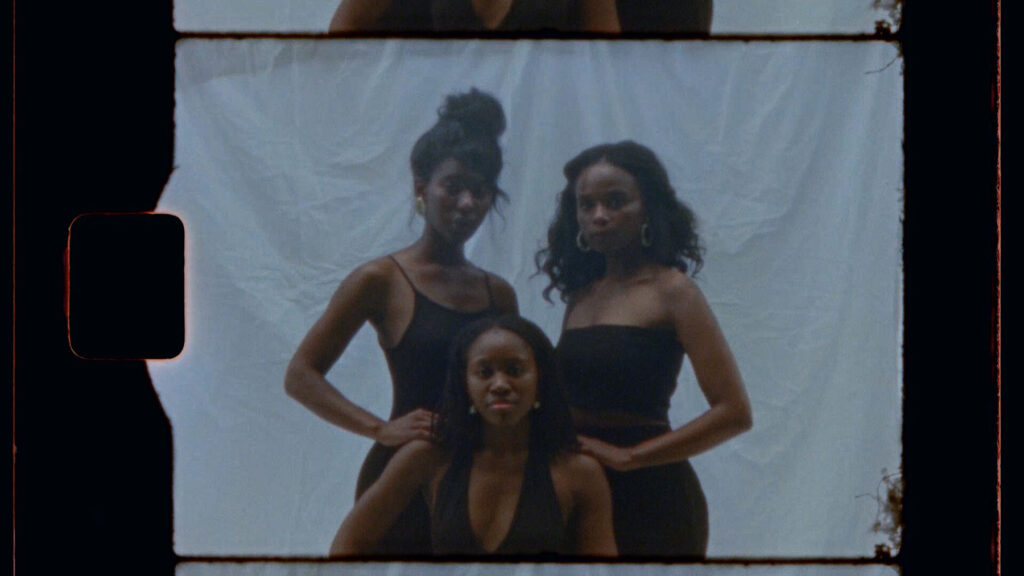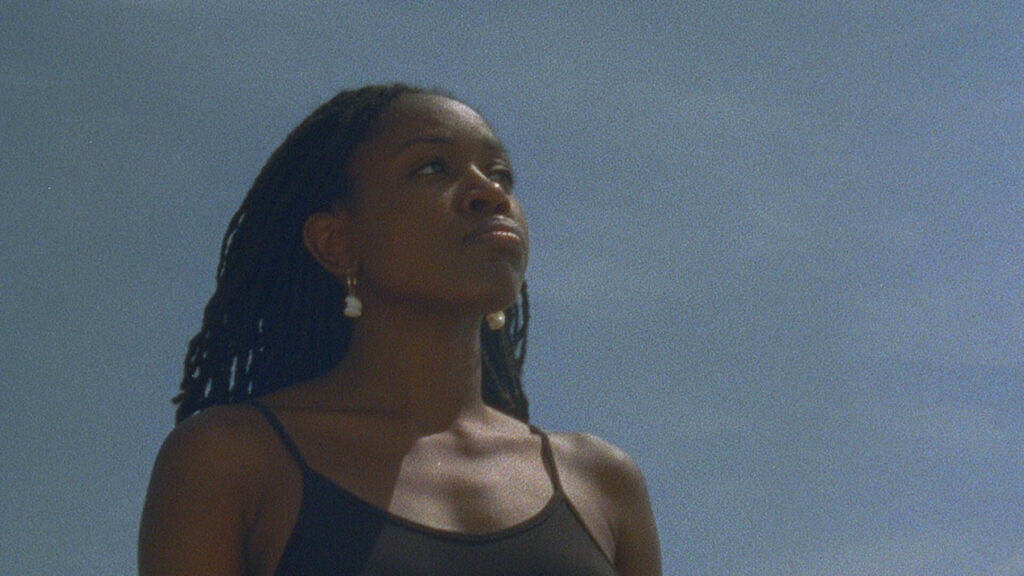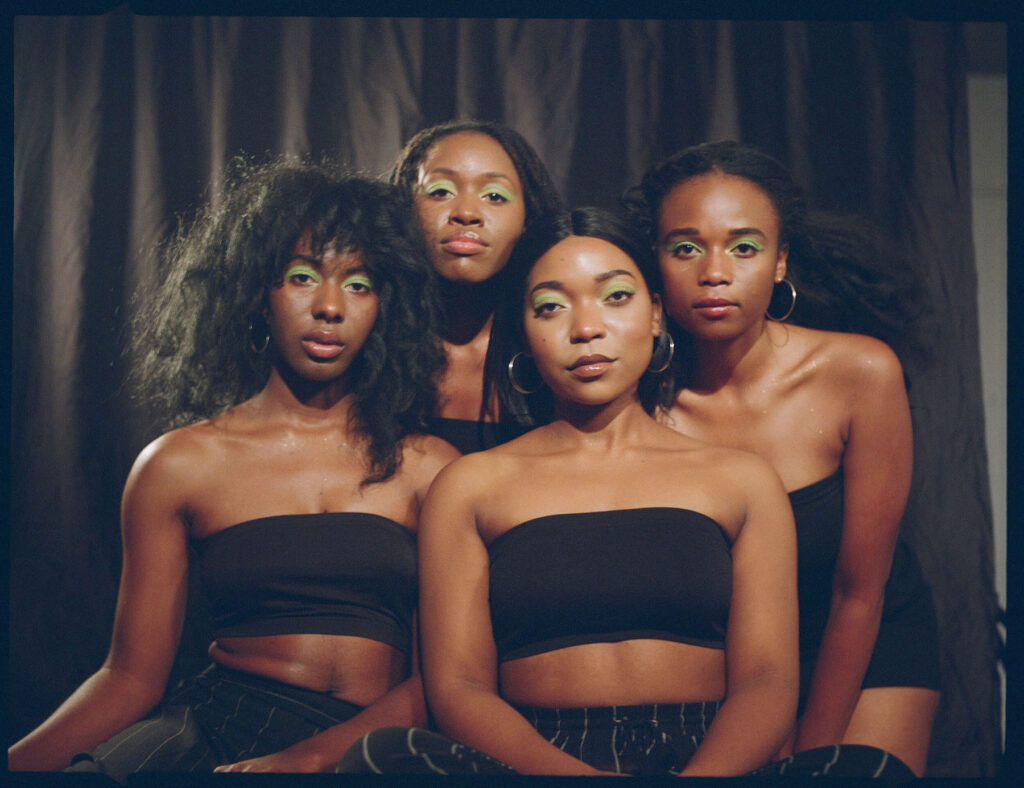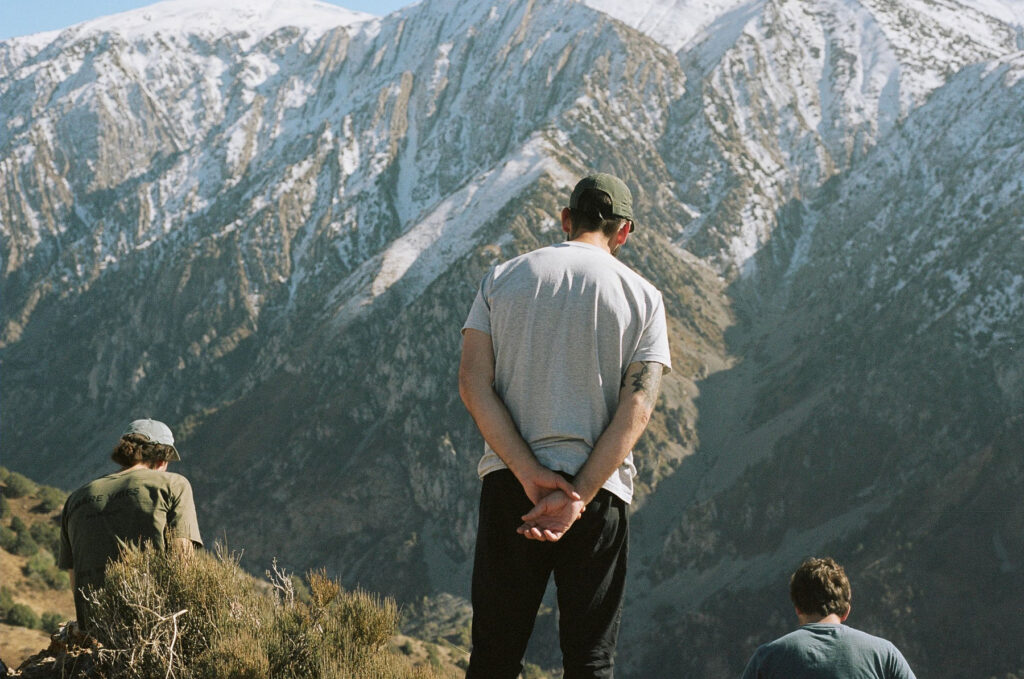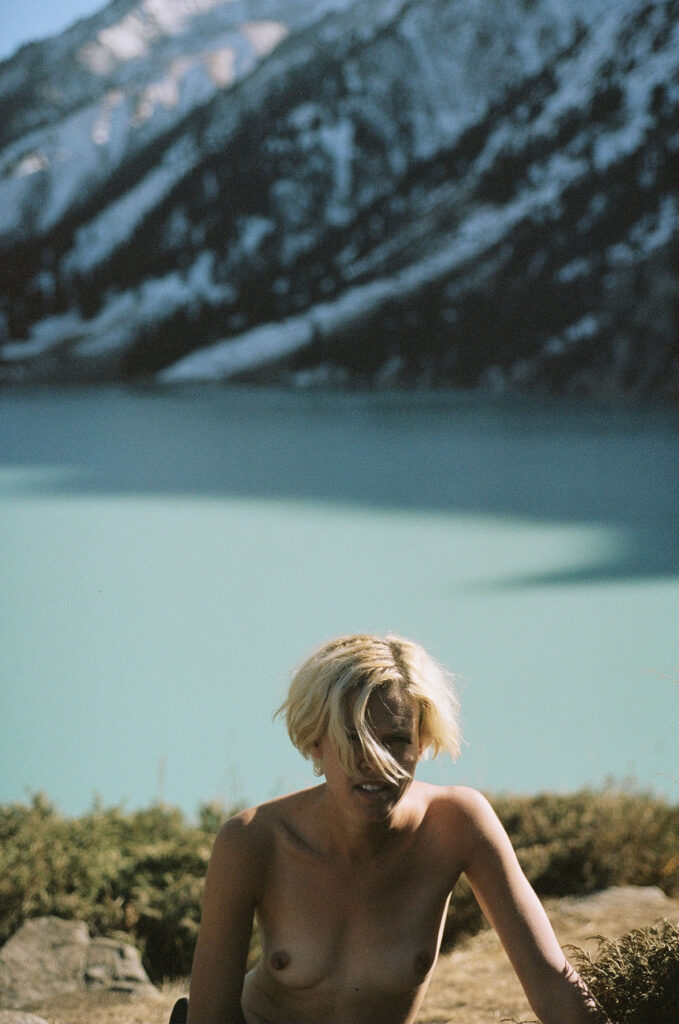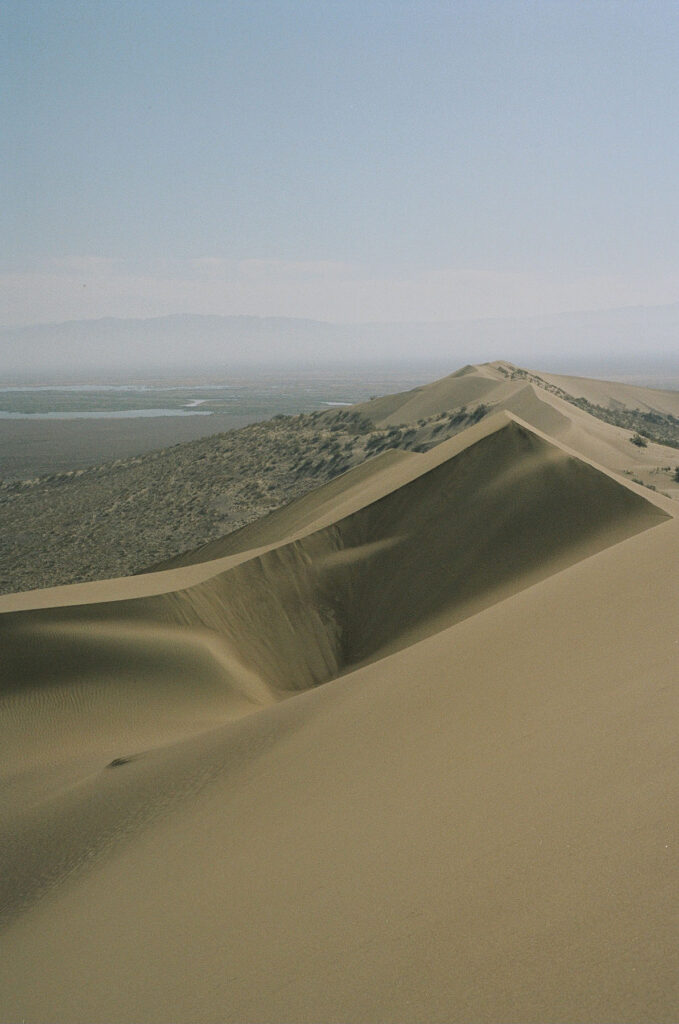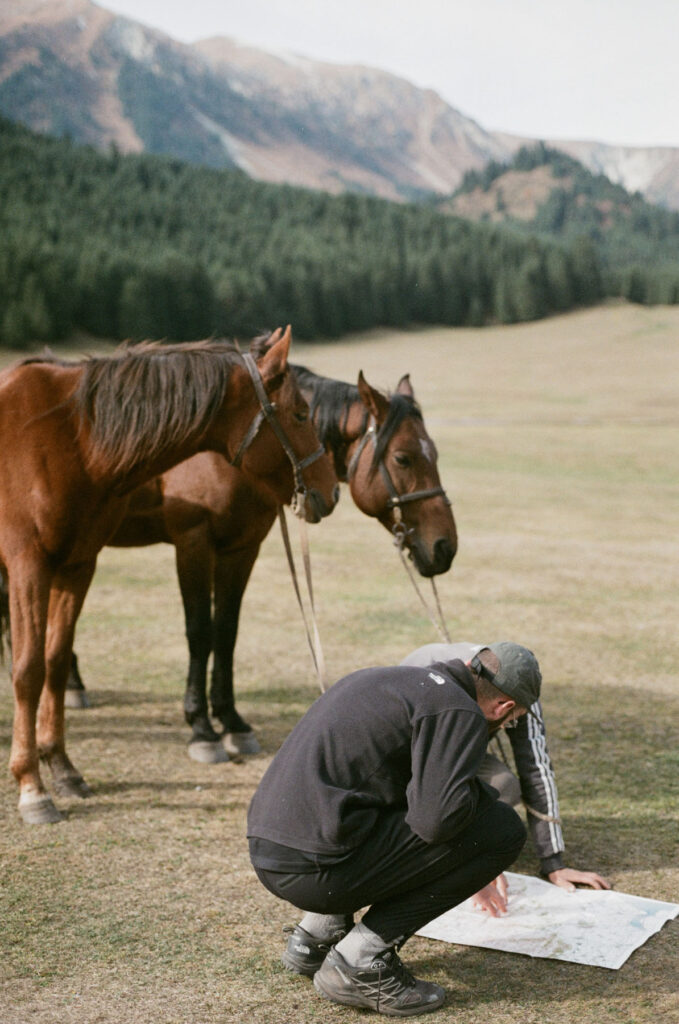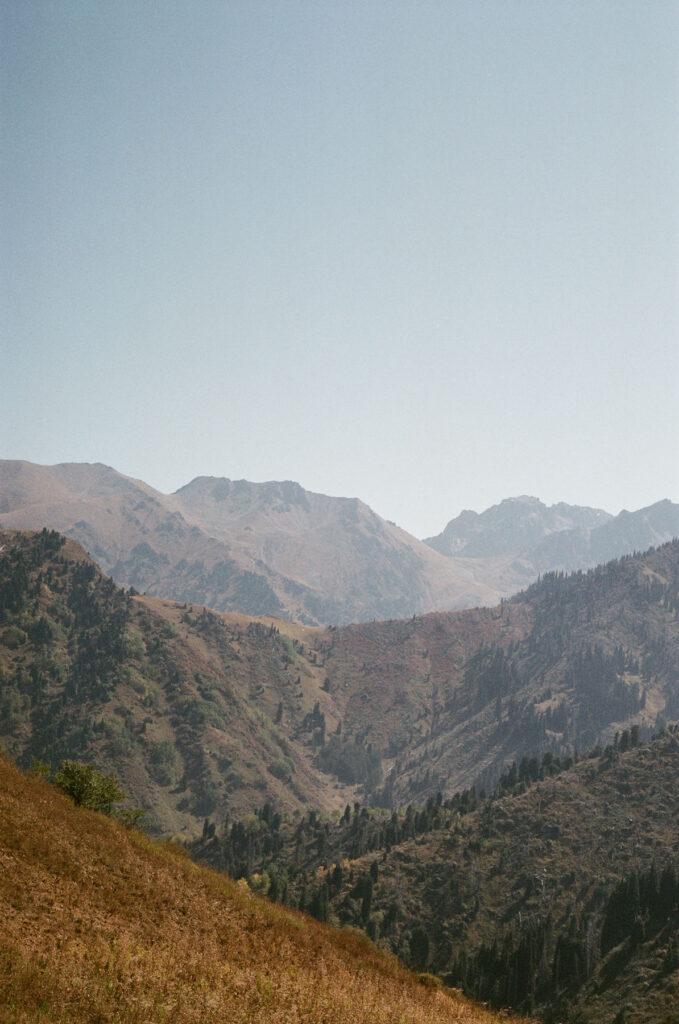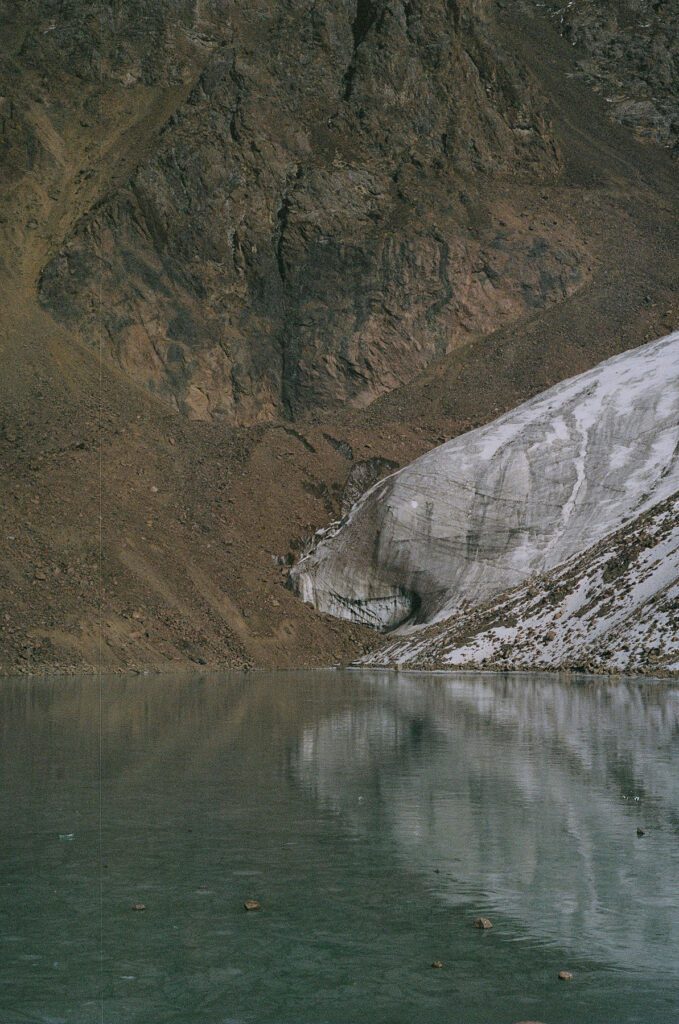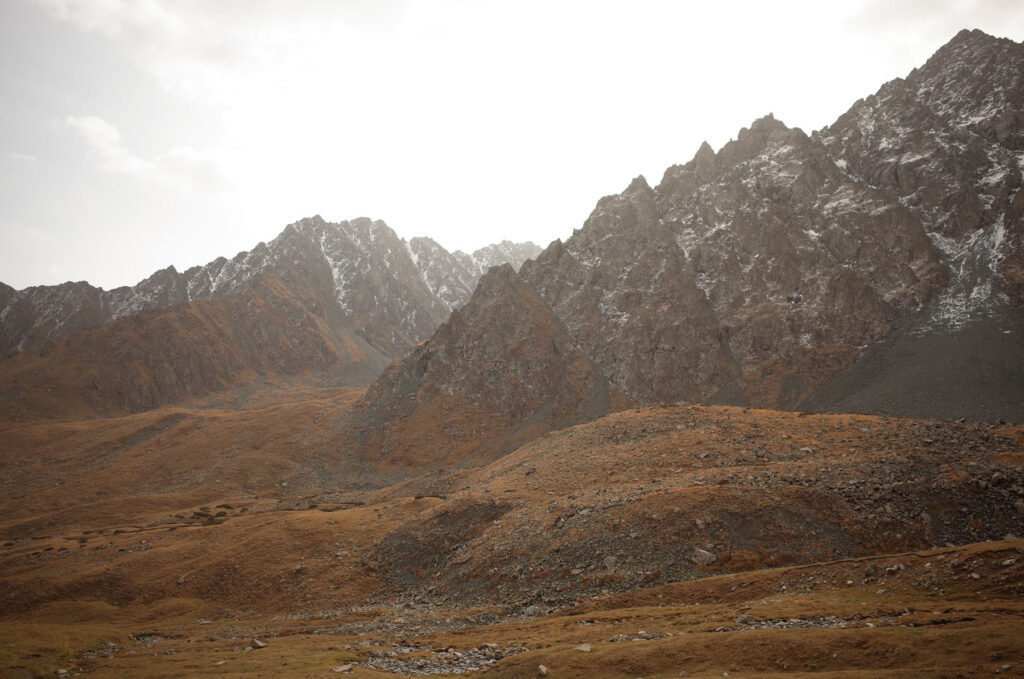Nocturno is a long term project that spans five years and documents lonely nights across the world. It’s a subjective take on the documentary genre, that serves as a surreal diary
All my life, I’ve been lonesome. Not alone, but lonely. The distinction seems redundant, but one of the most common misconceptions about loneliness, is that it’s a feeling you get when you’re alone. Yet you can be in a room full of people and still feel lonely. In fact, being in company can often heighten the feelings of alienation that loneliness produces, which has been true for me.
Loneliness is a form of disconnection, that creates an invisible gap between yourself and everyone else, like speaking a completely different language that only you can understand. It’s impossible to translate, so it only feels natural to speak it to yourself.
Which is why the night has always been an environment i’ve gravitated towards. Since a young age it had been a source of fascination. I remember i used to sit in the dark of my room at night, looking out the window into my moon bathed backyard. It gave me the strangest feeling, like peeking inside an alternate universe. The trees and grass, acquired a ghostly grey from the soft moonlight, the branches from the top stretched across the sky in the dim light like black lines on top of a black canvas. It looked so beautiful and peaceful. And every night, after i was sure my parents had fallen asleep, I’d venture outside to my park to play under the moonlight. Some years later, and not without a sense of irony, i developed a case of severe insomnia. As a still preadolescent boy at the time, this really had a toll on my daily social life. Since i was hardly sleeping at all, everything during the day became overwhelming, the people, the noise, even the sun light became excessive to my eyes. It was like my brain couldn’t handle it, and i started to resent it. This was something that would ultimately shape the rest of my life.
That resentment slowly built over the years until it eventually led to a complete separation from that daily world. I grew up rambling through empty streets in the after hours, seeking for solace, but longing for contact.
“Nocturno” is the result of these years of lonesome nights. As i’ve navigated through empty cities and towns, fighting against the disarming feeling of being abstracted from society, the night provided me with the context of an empty world, an abstract environment i could shape at my own will and vision. A blank canvas to ultimately create, piece by piece, my own private universe.
